I finally made it on to a golf course in Turkey! After eight months of facing the impediments of lack of venues–three courses within two hours drive, a result of the fact that Turkey was never part of the English Empire–and transportation–not only do I not own a car or have a golfing buddy with one (actually I do have a buddy, the Headmaster, who plays but he has been incapacitated by back pain following from a lifetime of American football)–I accompanied my golf club to Klassis Golf Club this past weekend. It was a notably Turkish adventure. 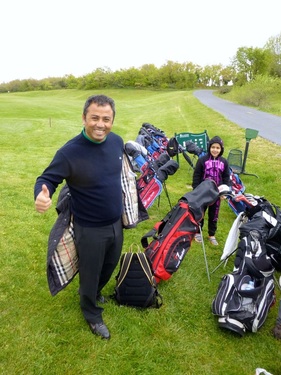 This year I have been the assistant to a teaching pro, Adnan, who comes in on Wednesday and as a group we have hit soft balls in the gym from astroturf mats every week with one exception when I took the kids up to the soccer field and we chipped off real grass with regulation balls five months ago.
But with the high school golf tournament season approaching we scheduled a practice round for a Saturday and I was chagrined to find that it wold cost each student $60! I lurchingly discovered my responsibilities about permission slips, transportation and fees, successfully getting all forms filled out for a variety of obligations.
One, we had to obtain licenses for each golfer. Here in Turkey to compete in a high school varsity sport, you must be deemed proficient by your coach and with the submission of proper forms the Ministry of Education certifies you. Then, two weeks before a student trip, details of travel and a roster must be submitted. Then, of course parental permission slips must be completed and returned. Just like all my written exams, these papers must be archived for two years! I’ve not seen the attic where all this paper is stored but it must be voluminous.
Our practice was on Saturday to be followed by tournament rounds Sunday and Tuesday. Sets of forms for all three days were submitted. Then on the Wednesday before our outings, we were informed the Golf Federation was rescheduling the first two tournaments; I was not told why. This is typical of the top-down hierarchy here: the leadership commands and you obey.
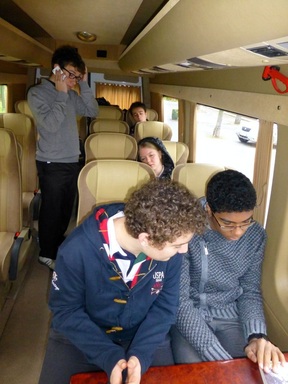 But on Saturday morning I met five students (one other we were to pick up along the way and the seventh would meet us at the course) at the center of campus at 8 AM to board a service bus (Robert College does not own any buses; rather, they contract out the task of transporting 750 kids everyday from all over Istanbul to the school and from the campus to the numerous after school events). These buses are also contracted out to private organizations and are a common site on the streets. Ours are sixteen seat Mercedes vehicles, carpeted with captains seats. The particular vehicle Saturday even had a TV and tables for facing seats. Turks do many things with great style.
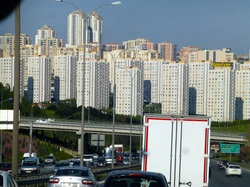 The drive took almost two hours, more than one hour on the freeway. Istanbul is dense but not in the manner of Manhattan. Because of the active earthquake zone, buildings are generally less than twenty stories. But the city stretches as far as you can see in all directions. To drive from the airport on the western edge of the city across the Bosphorus to the eastern extremity is all of 60 km, possibly 80 of uninterrupted urban development.
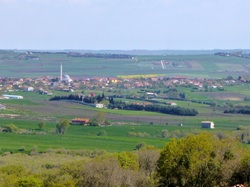 After an hour on the freeway getting out of the urban area, open landscape began to appear and we turned onto potholed narrow blacktop roads for another thirty minutes where tractors outnumbered cars, finally arriving at the Klassis Golf Course and Hotel in the midst of rolling cultivated fields.
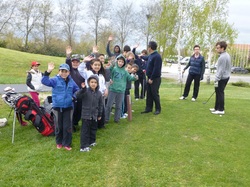 Lovely but slightly down at the heels, with only twenty cars in the parking lot, the resort seemed to just be getting by. The pro shop had Titleist and Odyssey displays racks that were completely empty as well as dusty empty shelves. It is early in the season but there was in fact a tournament underway (no one had informed me of that fact) which inexplicably had only Japanese entrants. I now discovered that Adnan was head pro here (he had never told me this) and he was leading a group class of 8-10 year-olds.
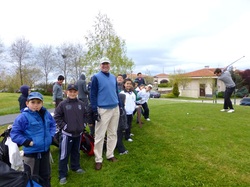 Because of the tournament, my club was restricted to the nine-hole instructional facility, short, a little rough around the edges though the course proper looked well-maintained and interesting, winding up and down hill, fairways carved out of the forest, with cow bells and cuckoo calls (yep, they sound just like the clocks!) wafting in the air.
We had a fine time and my charges, three of whom had never set foot on a course before, enjoyed themselves. I holed an 85 meter tee shot and my playing partners were duly impressed as was I: I’d never had a hole-in-one before though this one certainly has an asterisk at 85 meters. I bought the whole club candy bars in celebration.
We were home by 6 PM and now I still look forward to being on a regulation course, to filling out many other sets of paperwork in the weeks ahead, and continuing to often not understanding what is going on around me.
My work was overwhelming for a while so I’ve not posted. I’ve got my head above water now but, dear reader, know that you get only the delightful parts of our existence here: it’s not all baclava and stuffed grape leaves! 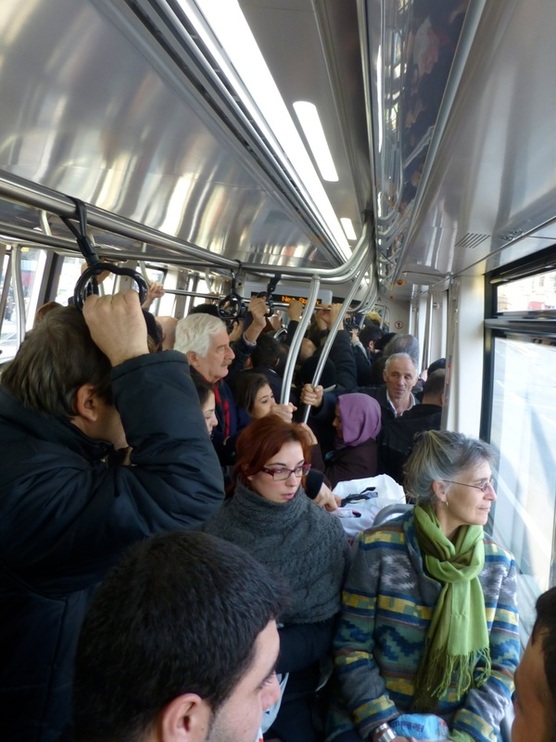 As part of our never-ending pursuit of Istanbul sights, last weekend we took the bus down the Bosphorus to Sultanahmet, the peninsular part of Istanbul bounded by the Golden Horn, the ancient site of Constantinople, and one of the most bustling interesting city scenes in the world.
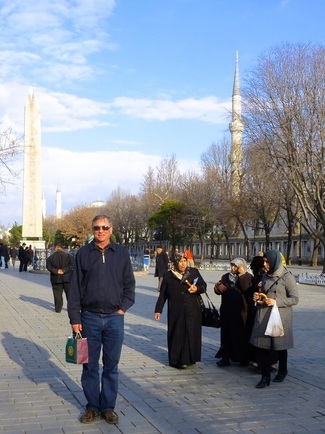 Beyond the Hippodrome (which sports an egyptian obelisk plundered by Theodosius the Great and carted back to Istanbul in 390 and, yes, they had chariot races here) , mosques and Covered Bazaar, the area is a mass of weaving narrow cobblestoned streets with shops roughly organized by wares, a result, I am told, of the old prevalence of guilds. So on the way to Süleymaniye Mosque, we stumbled onto a street of belts and belt buckles. Amazing.
Note the depiction of the transport of the obelisk…and the cat.
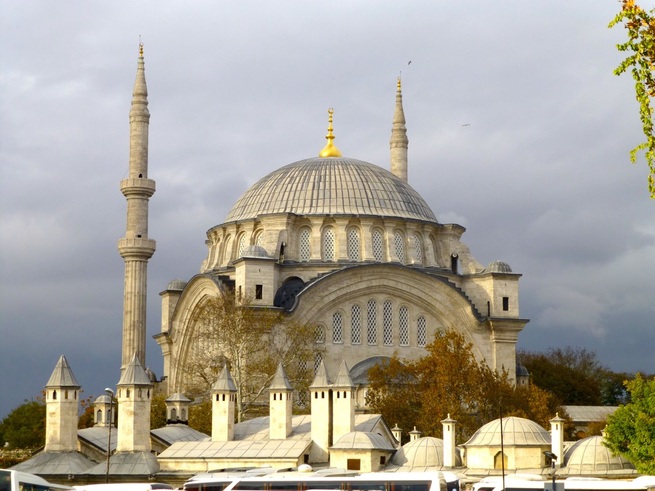 The Süleymaniye Mosque sits atop the largest hill of Sultanamet and is a conspicuous sight from many vantage points of the city. Built on the order of Sultan Süleyman (Süleyman the Magnificent) by the architectural genius Mimar Sinan, chief royal architect and considered the greatest architect of the classical period of Ottoman architecture, often compared to Michelangelo, his contemporary in the West. The construction work began in 1550 and finished in 1558. The mosque was ravaged by a fire in 1660 and part of the dome collapsed during the earthquake of 1766. During World War I the courtyard was used as a weapons depot, and when some of the ammunition ignited, the mosque suffered another fire.
I am thankful that Turkey is in good financial shape and able to devote funds to maintaining the rich trove of historical buildings in the city. My ninety-two year old parents often comment on how much time and effort goes into maintenance at their age; imagine after 500 or 1500 years what is required!
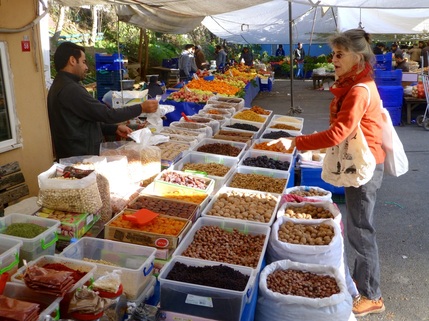 On Christmas Day I accompanied Sue to the Arnavütköy market to buy provisions for a supper party that night.
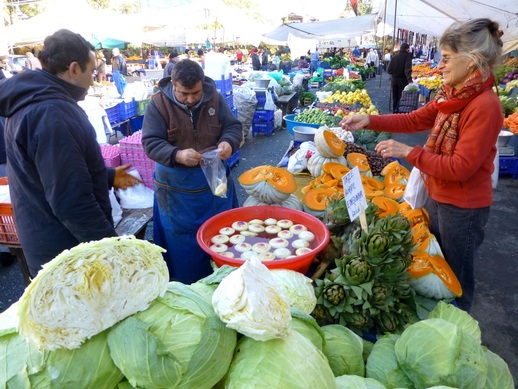 I do know what to do with pickled grape leaves but what do you do with fresh artichoke hearts?
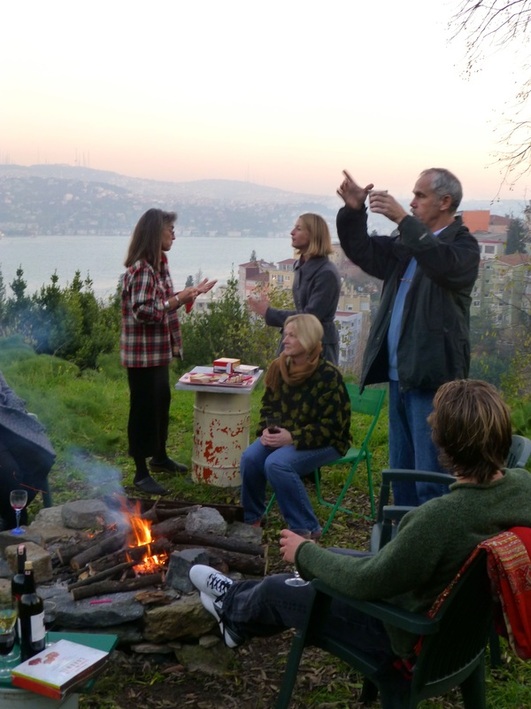 We had drinks outside on Christmas Day
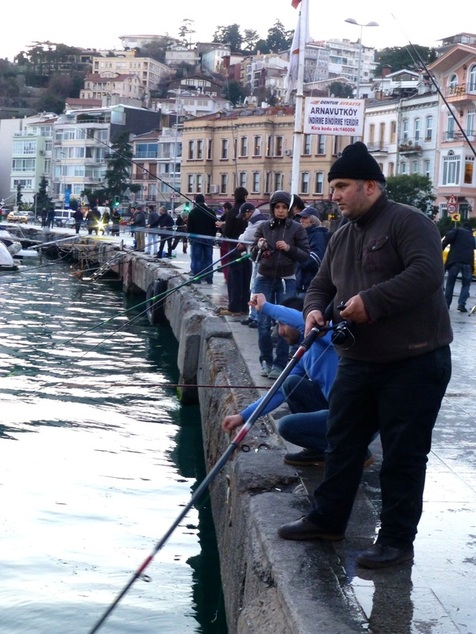 On New Year’s Day the fishermen were out in force. The catch is small–anchovies, sardines and two other small fishes are common–but abundant.
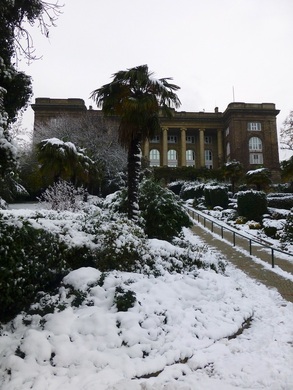 The Christmas season included two significant snows and two snow days from school! But interspersed were days of 50º, much different than the protracted cold of home. Our begonias just bit the dust!
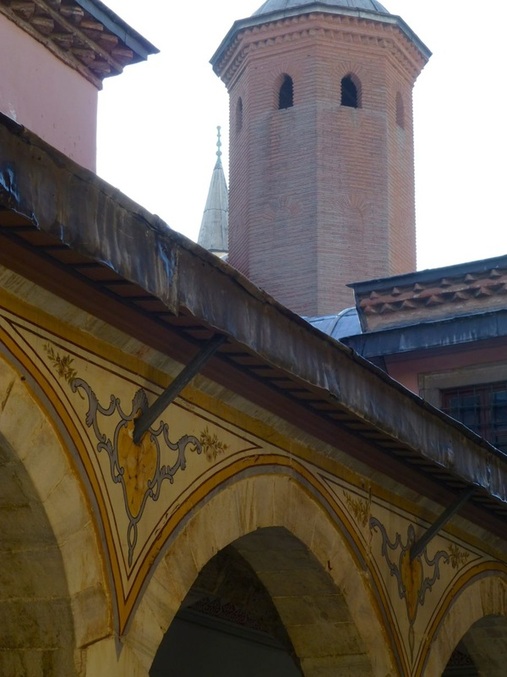 Topkapi was the primary residence of the Ottoman Sultans for approximately 400 years (1465-1856) of their 624-year reign.
The architectural details are stunning.
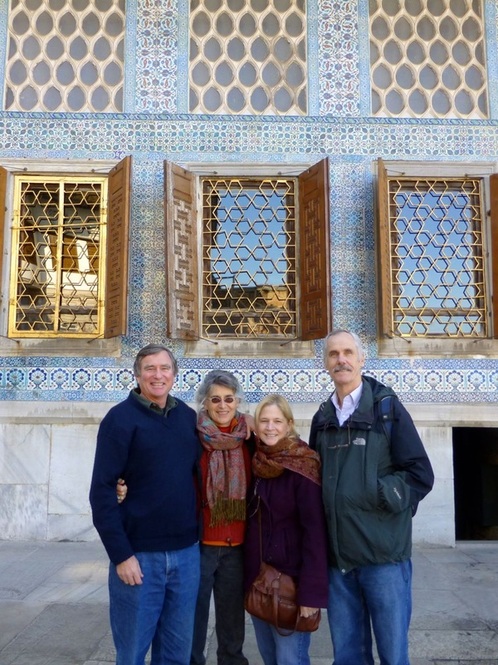 Our friends Jack and Celeste; Celeste is an art teacher at Robert College.
The Imperial Harem occupied one of the sections of the private apartments of the sultan; it contained more than 400 rooms. The harem was home to the sultan's mother; the concubines and wives of the sultan; and the rest of his family, including children; and their servants. I too would enjoy lounging here with my family and concubines.
The sultan's seal; each developed their own stylized autograph which appeared on documents as well as buildings.
With the first semester half over, the schedule happily provides a week vacation and Sue and I had a short holiday in Lisbon. As we’ve settled into Istanbul, we pledged to each other we would take advantage of the cheap airfares–$300, and sometimes less, will get you a round-trip ticket to Barcelona, London, Budapest, Jerusalem and points in between–and travel whenever possible. In addition, we both wanted a break from the intense Istanbul scene.
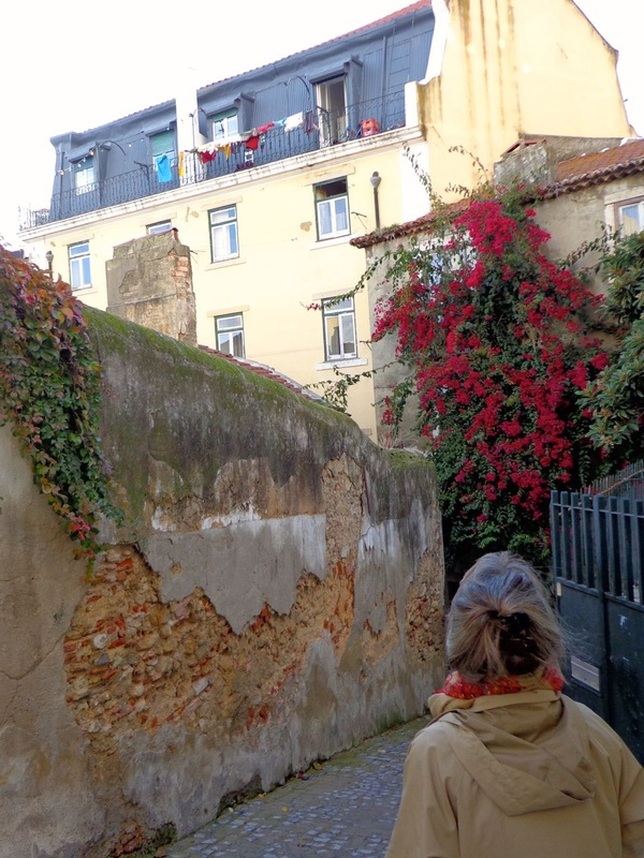 Lisbon with a metropolitan population of three million seemed quiet, relaxed and almost provincial in contrast to Istanbul’s twenty million. We found an apartment in Alfama, the old city. During the times of Moorish domination, Alfama constituted the whole of the city. Alfama became inhabited by the fishermen and the poor, and though that is still true, now it’s charm lures adventurous tourists like ourselves to its maze of cobblestoned lanes, some so narrow (like the address of our apartment) that even tiny European cars are excluded. The great 1755 Lisbon Earthquake damaged but did not destroy the Alfama, which has remained a picturesque labyrinth of narrow streets, small squares, and neighborhood restaurants. As always, we walked and walked.
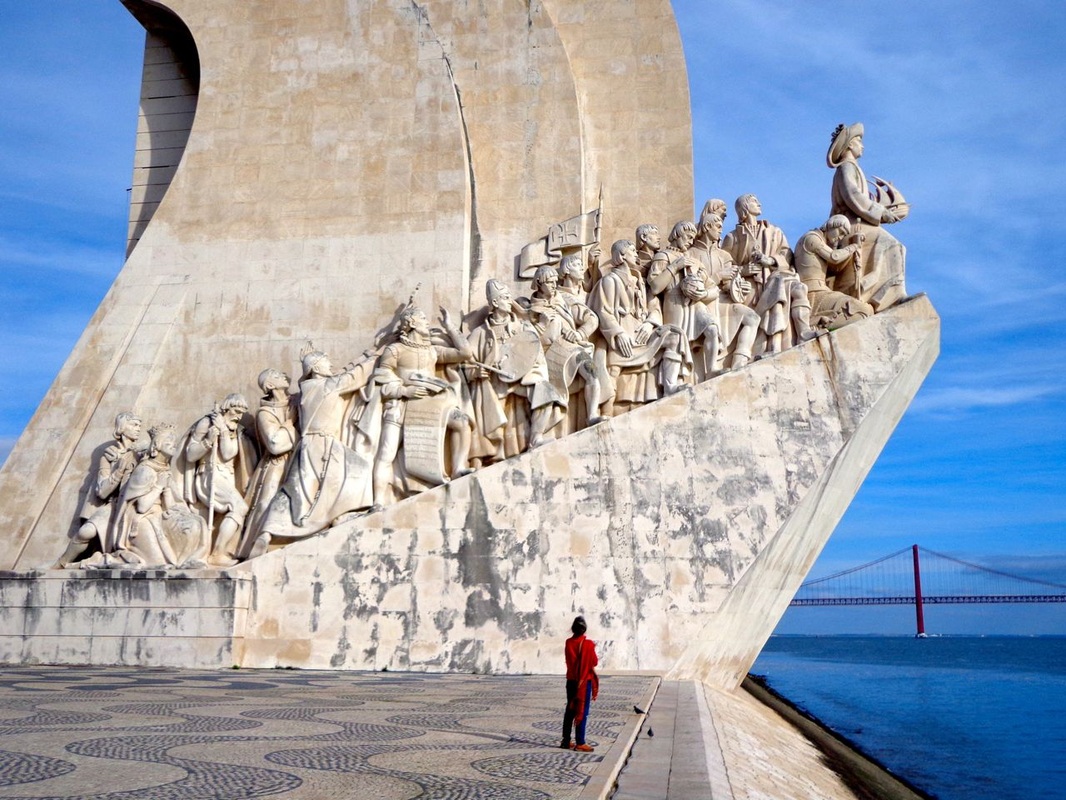 One day we walked from Alfama to Belem, the cultural center including the Discoveries Monument recognizing the great Portuguese explorers and sailors including important historical figures such as King Manuel I carrying an armillary sphere, poet Camões holding verses from The Lusiads, Vasco da Gama, Magellan, Cabral, and several other notable Portuguese explorers, crusaders, monks, cartographers, and cosmographers, following Prince Henry the Navigator at the prow holding a small vessel. The only female is queen Felipa of Lancaster, mother of Henry the navigator, the brain of the discoveries.
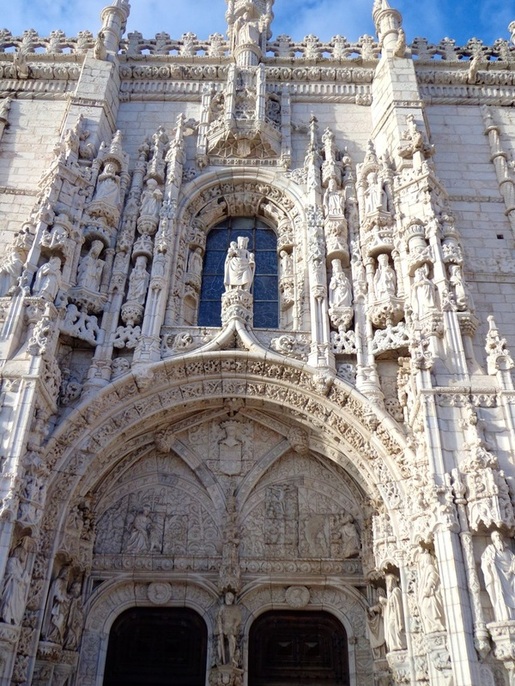 Clustered near the waterfront are Maritime, Modern Art and Archeological Museums, all wonderful. The architecture of the Archeological Museum, housed in the Jeronimos Monastery, a UNESCO World Heritage site, is stupendous.
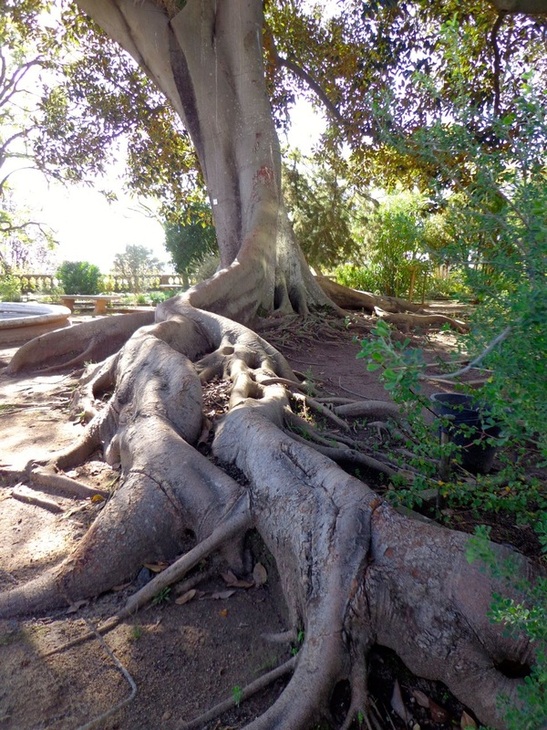 Of course we always visit gardens: here in Lisbon, the National Botanical Garden. While looking for the entrance to the Garden, we stumbled into the National Palace, opulent and grand.
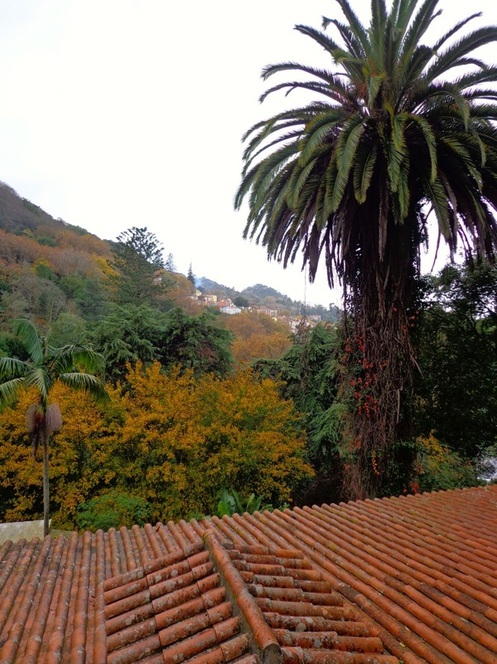 The next day we decided to take a day trip to Sintra (the whole town is designated as a UNESCO World Heritage monument, and rightfully so). We were warned that the weather would be cooler there and as the day progressed fog and rain settled in. Due to the mountain’s proximity to the sea, the climate is characterized by low temperatures and elevated precipitation, with dense and diverse vegetation including exotics introduced during the 16th century.
Here, from the train station, we walked up a small mountain on the scale of Mt. Battie in Maine (I expected to find a bus down but, to the delight of Sue, we missed the bus stop and walked all the way down) to a spectacular ridge protected by the Castle of the Moors built during the 8th and 9th centuries. Under a Christian king it became a monastary in 1100. 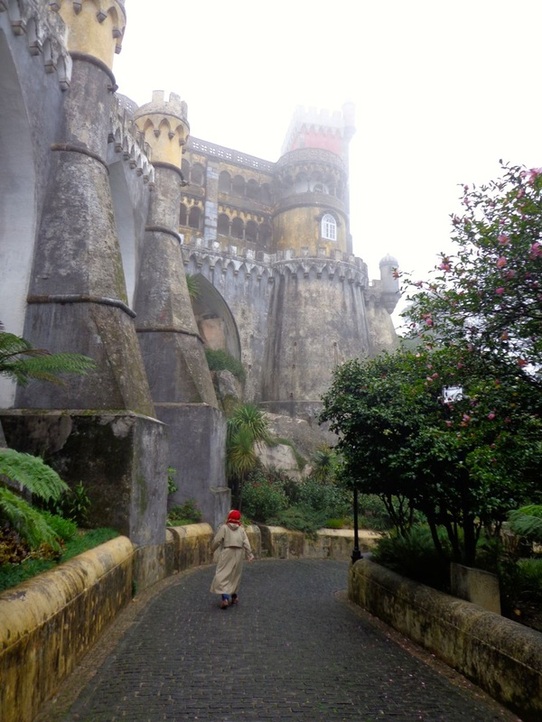 Along the same ridge we walked to the Pena National Palace, summer residence and get-away from the Lisbon National Palace; as Sue commented, the Portuguese royalty (King Ferdinand was a cousin to Prince Consort Albert of Saxe-Coburg and Gotha, husband to Queen Victoria) commanded too much of the national assets. It was amazing to stand in a room of the National Palace and consider the sum of human work-hours represented by the trappings.
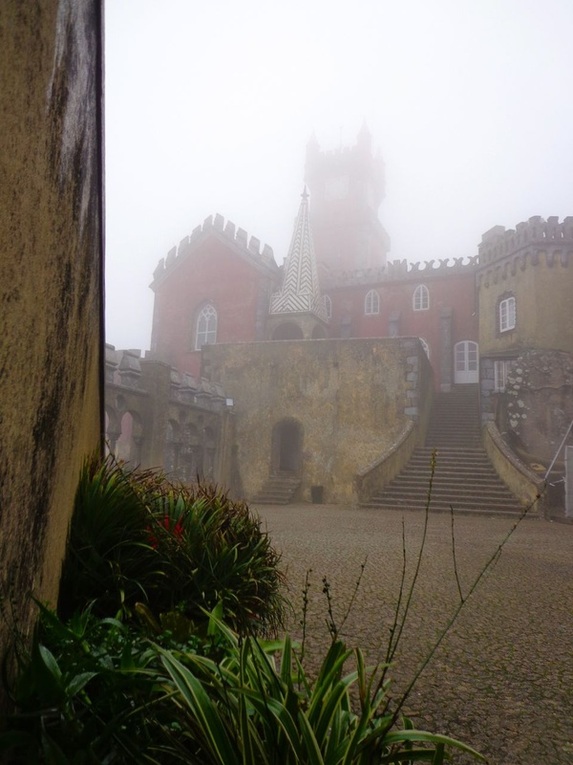 Unlike the opulent palace in Lisbon, the Pena was seemingly more livable; but what a hodge-podge of styles from Islamic to medieval to Romantic. Stripes and plaids seem elegant in comparison. It was if the designers of Disneyland had taken acid and then time-traveled.
Anyone who travels should include Sintra on their itinerary.
And then home to Istanbul; strange to think of returning to Istanbul as coming home. But it will seem like home when Dan, Kim, Jesse and TL all arrive on Thanksgiving Day from Amsterdam and we celebrate Dan's birthday!
 There’s old and there’s ancient. We are surrounded by both.
The Robert College campus is old; next year the school celebrates its 150th birthday. Originally the Robert College School for girls was located across the Bosphorus but was relocated in 1909; that campus, here in Arnavütköy where we live, became the unified secondary school of today in the nineteen-seventies.
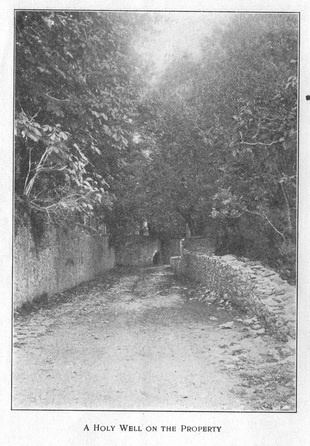 This scene remains recognizable on our campus today.
But beneath the city of Istanbul lie layers of much older developments. A tunnel under the Bosphorus planned to relieve the incredible traffic across the two existing bridges was planned to be completed last year; but as the digging proceeded, artifacts were unearthed, archaeologists were called in and repeatedly the construction ground to a halt. Now the anticipated completion date is hopefully next year.
 On a recent holiday, Kurban Bayramı, commemorating the willingness of the prophet Abraham to sacrifice his young first-born son as an act of submission and his son's acceptance to being sacrificed (God intervened to provide Abraham with a ram to sacrifice instead) celebrated now with the donation and slaughter of sheep and cattle with 3/4 of the meat being given to the needy, we traveled to south-west Turkey and toured several extensive Greek and Roman ruins.
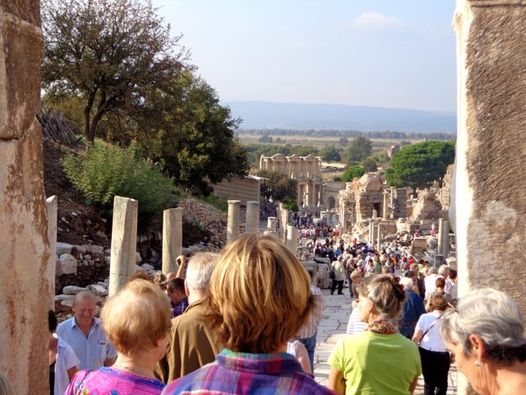 Ephesus was once a prosperous port but now lies dozens of miles from the shore. With remains dated to 6,000 BC on the site, it is known as an important city during the Classical Greek era and by the 1st century BC, under Roman control, it had grown to encompass a population of 250,000. The largely intact facade of the Library of Celsus is imposing. Though the present excavations cover 30 or 40 acres, it is estimated that this represents about 15% of the original cityscape.
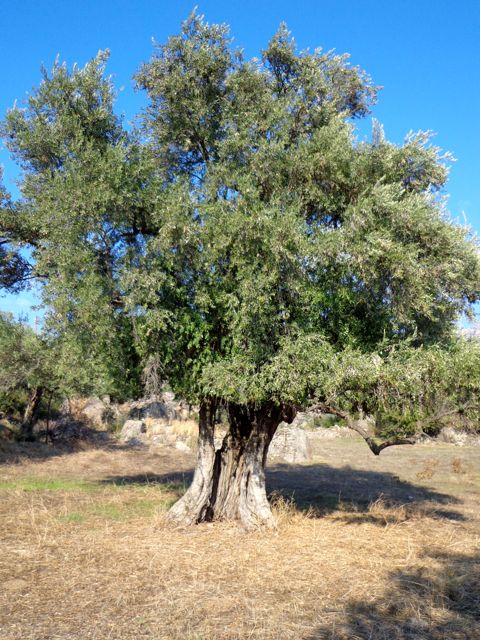 After leaving Ephesus we headed for Herakleia; when our gravel road petered out in the gloaming, we backtracked but did not reach our destination until the next afternoon. That’s a story for another time.
The drive through the rocky landscape was painted with a faded palette including the flat green of olive trees.
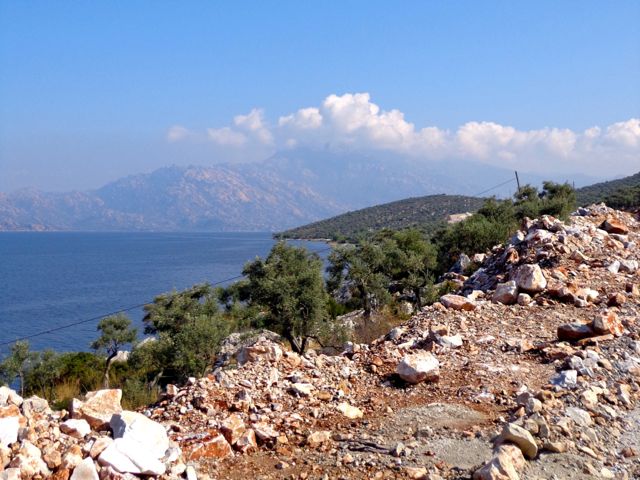 This area looks up the flanks of Mount Latmos which appears in Greek mythology as the site of the cave where Selene's consort Endymion lies forever young and beautiful in blissful sleep.
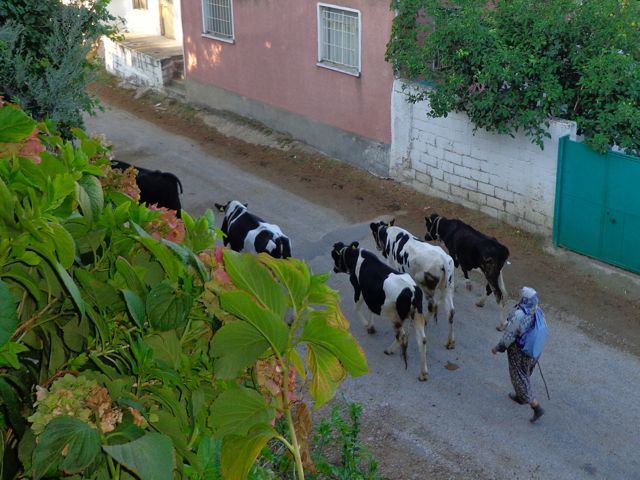 Today Latmos, formerly, Herakleia, is a remote and sleepy village with ancient ruins scattered willy-nilly over the hillsides. The region has been continuously inhabited since the Bronze Age. Now the 320 local Turks share the cobbled streets with trekkers, rock climbers and mostly German tourists.
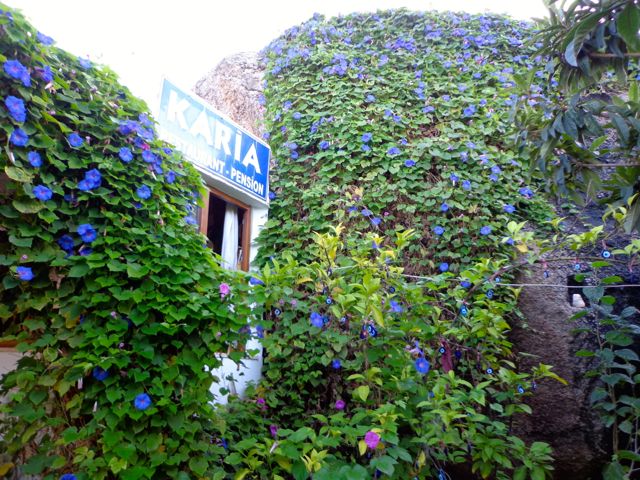 We stayed in a charming pension with a lovely outside dining area overlooking Bafa Lake, ten miles long and three miles wide, once an inlet of the Aegean Sea and now a landlocked brackish lake.
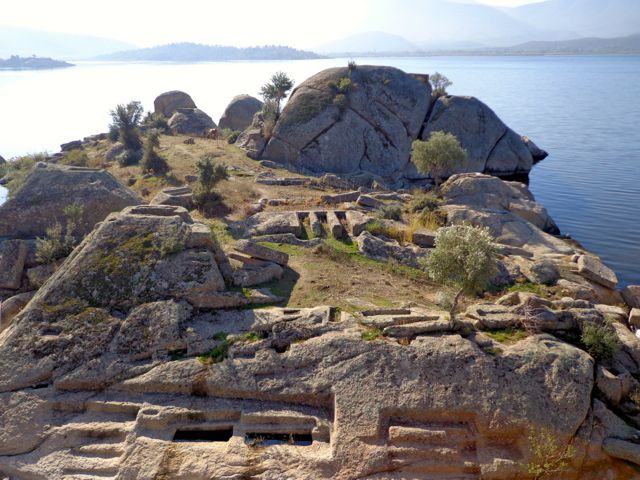 Though the ruins of a temple of Athena can be found in Herakleia, between the 7th and 14th centuries the area was host to Christian monasteries and the solid rock tombs of that era are bizarre and imposing.
By the time we found the ruins at Priene we were ruined. 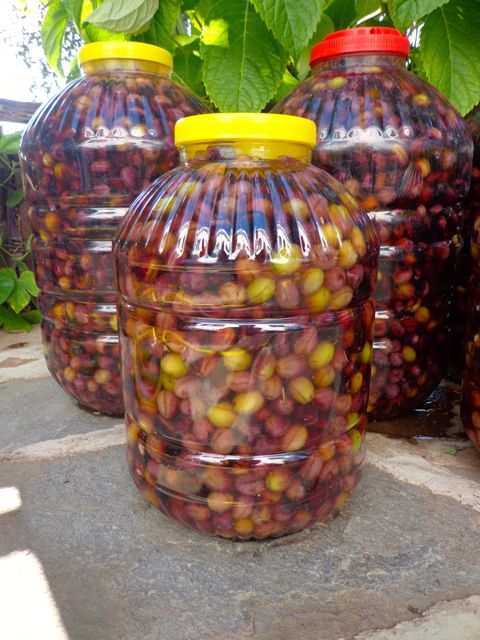 But that afternoon I was pleased to buy a gallon of homemade lemony olives from a farmer on the roadside and returned to Istanbul feeling rich in many ways, inspired by the old, ancient and tasty new.
Istanbul is a city of stairs. They lead up the steep hillsides connecting upper street to lower street; sometimes they are the street! They go to house doors, they lead into basements, into the Bosphorus, into ruined cities. They are made of marble, stone and cement–sometimes all three together! They are beautiful and daunting, treacherous and necessary, gradual and short, steep and long. Perhaps all the metaphorical steps of our lives also have these qualities.
Learning to live in an unfamiliar culture in a different part of the world, in a beautiful city rather than the beautiful countryside of my home has taken a lot of steps. We are still taking them.
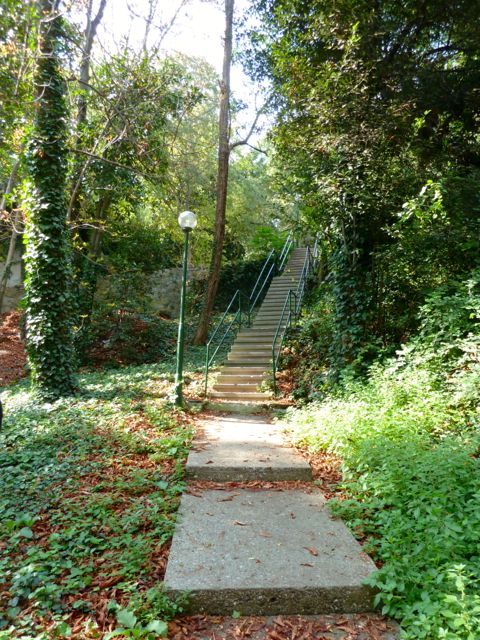 Every trip off campus into the city requires going down or up stairs depending upon whether I leave through the top gate or the bottom gate. Then there are the steps of getting the transport card, id card and money in my pockets, back pack on, speaking to the gate guards in my infant Turkish (they are very tolerant and friendly!) and then going out onto the street.
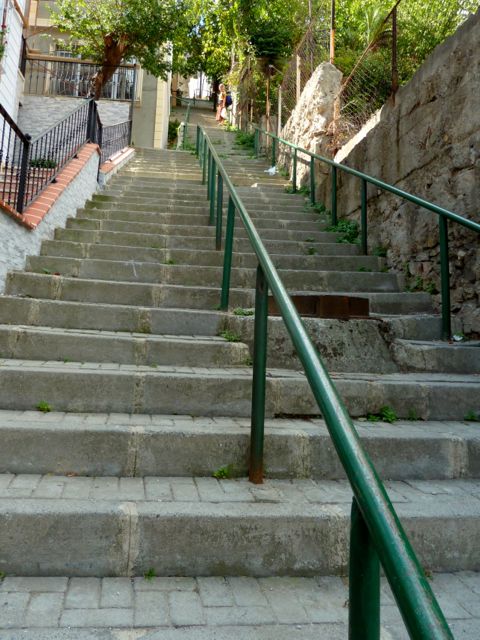 On the street there are the stairs up the park hillside on the way to Ortaköy or down the many into Arnavütköy in search of provisions to bring back up the stairs to our house partway up the hill of Robert College. Or up the few steps onto the bus to places further afield in this huge city.
There are the steps to climb up to the school building for Tom's work, to see the office about residence permits and other paperwork, to the fourth floor for Turkish classes, to the library. These are also steps we take to find our places here, to do some good work, to step toward understanding, toward making sense of where we are. 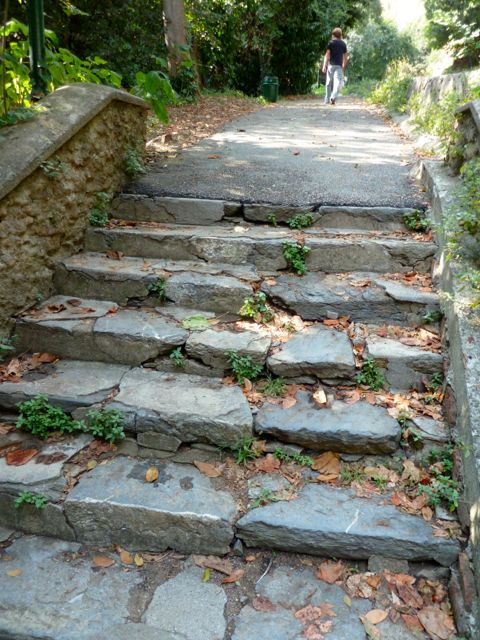 There are many steps on all our journeys, sometimes we skip up them two at a time and sometimes we plod. But the beauty of the journey is incredible even when it isn't always pretty, the calf muscles are all the time getting stronger!
South and east of Istanbul in the Sea of Marmara lie the Prince’s Islands, convenient repositories for a recalcitrant prince or other royalty taking them out of the political game. Nice duty if you can get it.
A convent on Büyükada was the place of exile for the Byzantine empresses Irene, Euphrosyne, Theophano, Zoe and Anna Dalassena. After his deportation from the Soviet Union in1929, Leon Trotsky also stayed for four years on Büyükada.
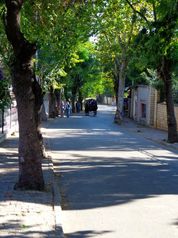 In the early twentieth century, the Prince’s Islands faced the same decision as Islesboro but took the other route: they chose not to have gasoline powered vehicles and today, though they do use garbage and fire trucks and a few commercial delivery trucks for furniture and building materials, the populace and visitors travel by foot, bike or horse drawn carriage. Oh, what a difference that choice could have made for Islesboro!
For me, working long hours and often not leaving the campus of Robert College for days, and Sue, making her way through the intense streets of Istanbul in pursuit of a hook and line to hang a hammock or sea bass for the nights supper, a weekend in the Prince’s Islands was a grand respite: quiet, peaceful and, at least in some stretches, rural. 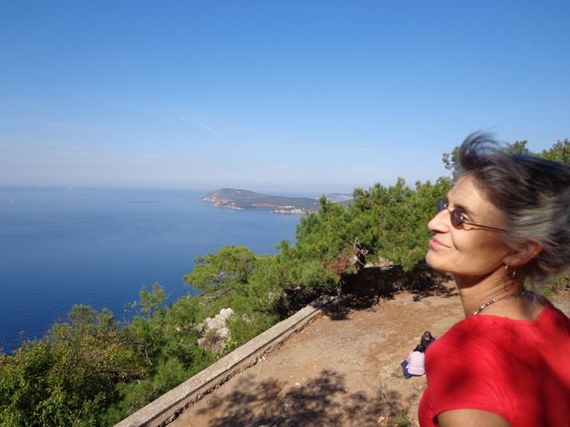 An hours ferry ride ($2US) which stopped at four of the nine islands, landed us Friday night at Büyükada, the biggest of the group and though only little more than 2 square miles, possessed of dramatic changes in elevation reaching heights of 500 ft.
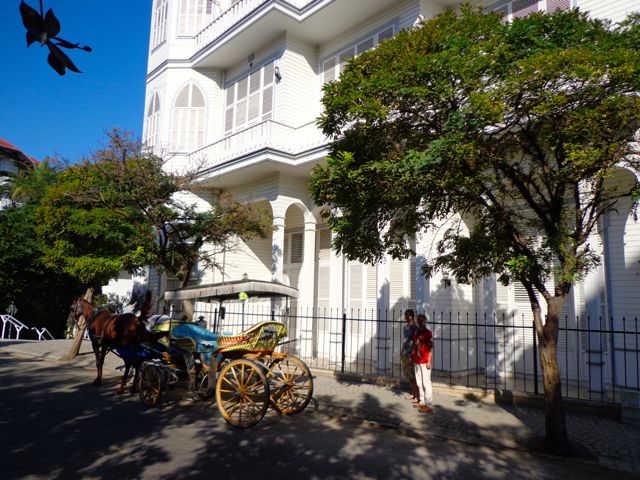 We stayed in a nice small hotel and on Saturday we walked probably eight miles and saw the sights.
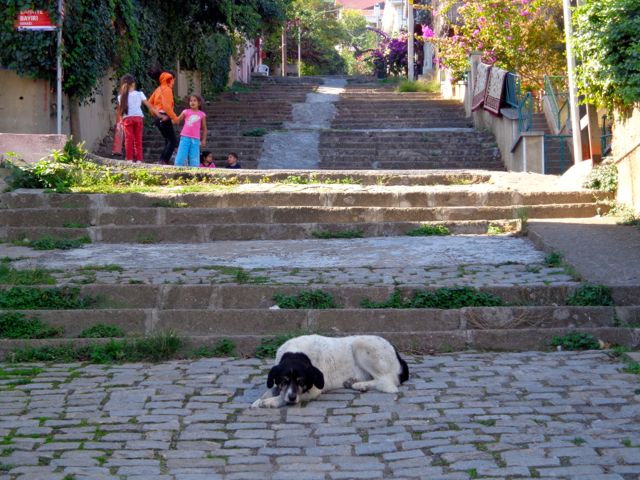 Children skipping rope and dogs in the street are familiar the world around.
See the beautiful houses of Büyükada in the gallery below.
Jesse left us after lunch and returned to the city alone to meet friends for their regular Saturday night club outing. I hope he will soon write of his experiences here, certainly different from mine. I have not stayed out dancing until after the buses quit running, coming home at first light though Jesse has more than once. We walked to the west end of the waterfront one evening and sat on the concrete bulkhead.
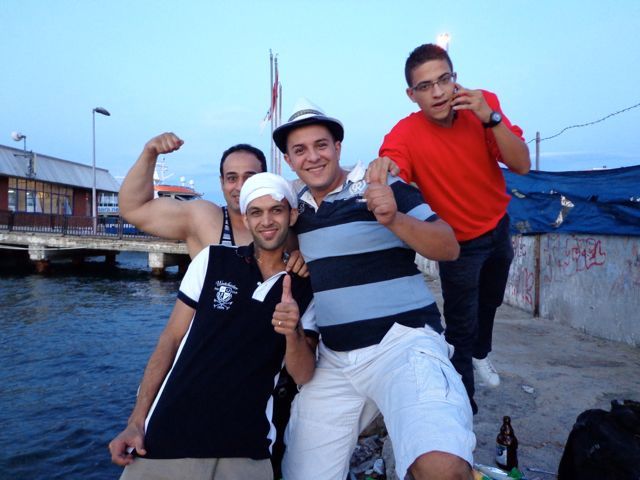 Sitting and standing next to us were a group of young men who, after we settled in and we all became comfortable in each others' presence, resumed not conversation but song, singing one to another, at times the group chiming in together. Delightful.
Returning home on Sunday we stopped on Hebeliada and walked again. Looking back to the mainland the rambling extent of Istanbul became apparent: the coast for ten miles, twenty miles was completely developed with dense hill sides of housing punctuated with modern sky scrapers. And then I realized I could not even see the Istanbul I was familiar with: it was around the next peninsula where the Bosphorus begins.
Though we took to heart the warnings by several that we should avoid the common tourist destinations until the vacation season wound down, we haven’t encountered hordes of international visitors but instead hordes of Turkish tourists are always filling the tour boats up the Bosphorus, the streets around the Spice Bazaar and the ancient mosques. Nonetheless, we have had pleasant Saturdays and Sundays seeing some of the sights.
Though Sue and Jesse have made numerous forays to Eminönü (that’s a short e, all the vowels are short here and mixed with numerous diphthongs the words roll out punctuated by an abrupt b or z; the ö and ü require you to purse your lips like the French oui)–don’t you like the way the word rolls out of your mouth–the heart of the ancient walled city, with a history of more than 2,000 years, with both the Spice Bazaar (huge) and the Grand Bazaar (incomprehensible; you have to be a focused navigator to ever find the same store twice) I have accompanied them only once.
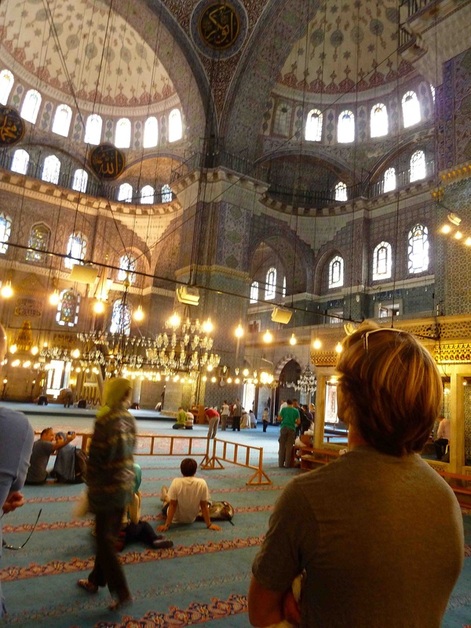 The Golden Horn, the mouth of a river which flows out into the Bosphorus and defines the old city, is crossed by the Galata Bridge to enter Eminönü. Up on the hill stands Topkapı Palace, the Blue Mosque (Sultanahmet Camii) and Hagia Sophia (Aya Sofya) all of which we will visit later.
But one Saturday we rambled across the Galata bridge and visited the New Mosque (Yeni Cami), begun in 1597 and completed fifty years later. An inviting open courtyard with benches and faucets for foot washing led into the peaceful interior where people knelt and prayed, often parent with child, though women were segregated into a back area partitioned off by lattice work. The soaring graceful interior was encompassed by intricate blue tiling. Though we did not come to pray, we felt welcome and calmed.
Just across a plaza is the entrance to the Spice Bazaar, crowded, busy and energetic.
The goods inside are of high quality and priced accordingly though I was warned that for me, a florid obvious alien, I should take any price and offer half. We did not buy anything inside but gravitated to the warren of streets surrounding the bazaar. 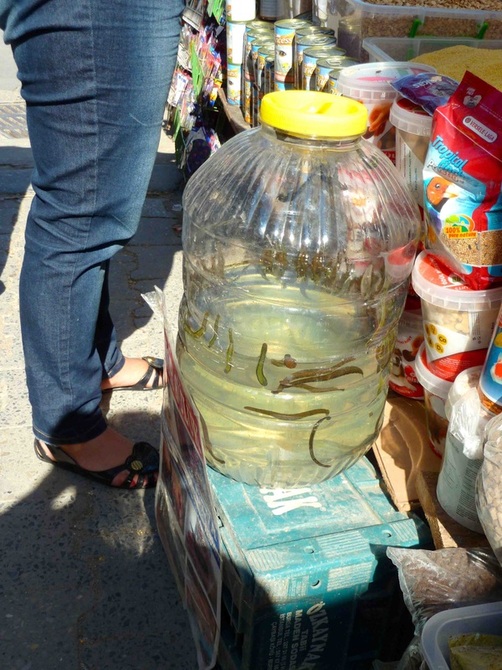 Here, wandering up hill, around the corners, along narrow streets little more than alleys you find first an array of wooden ware: spoons, cutting boards, carvings, bowls, clothes pins, anything made of wood. A block away you enter a plumbing district, then an area of plant seedlings, seeds, puppies, leeches, birds, then the living things district gives way to metal: stoves, gutters, tin boxes as some organic sorting takes place among the merchants. We bought a cutting board for $7 (though after my purchase I saw a similar one go for $5) made from a single board eighteen inches wide and sawn with a protruding handle at one end; I probably sanded the rough edges for as long as it took to saw the shape originally. Later Jesse and I agreed on a backgammon board and we’ve happily played each evening since.
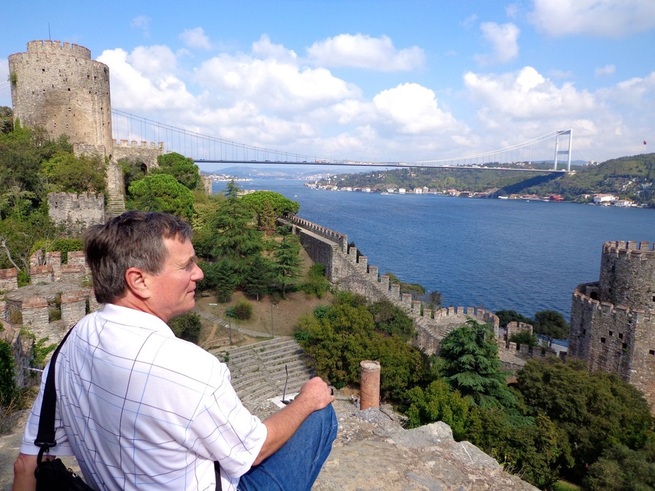 Last weekend we walked north up the promenade along the Bosphorus through our quaint village of Arnavutköy to chic Bebec and onto the Fortress of Rumeli (Rumeli Hisar) in the shadow of the second bridge, the north bridge across the Bosphorus. Built in 1452 in a four month span by Sultan Mehmed II to finalize his conquest of Constantinople and end the rule of the Roman Empire.
 After lunch we walked the return (more than two miles each way) avoiding the hooks of the fishermen thronging the quay.
It is possible to walk along the Strait from village to village for more than ten of the twenty miles of the Bosphorus and with some effort you could walk the entirety from the Sea of Marmara to the Black Sea. I expect Sue will do that before we are done.
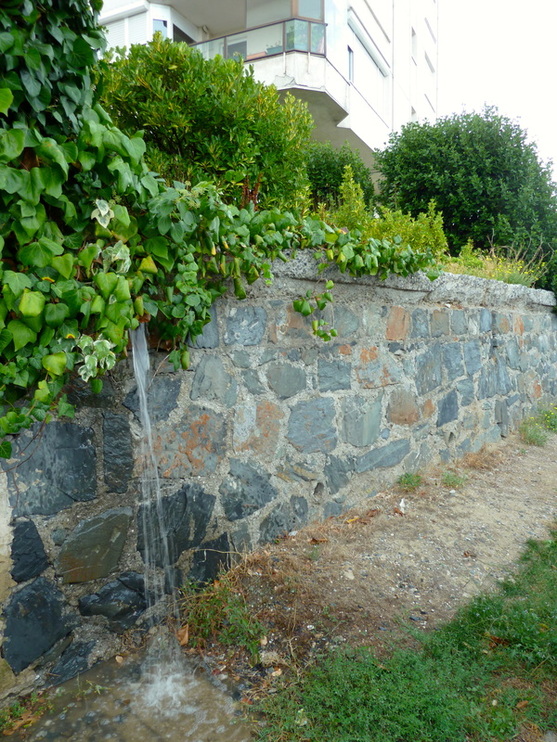 There is a time in any transition when the balance tips from what has been to what is now. Rather like when water gathers to an edge and then has enough volume and force to pour over or drip off.
So here we are gathering at the edge of our new life and beginning of the pouring over. What makes the tipping point? Who knows? Sometimes life’s changes are fought tooth and nail, resisted, hated, grieved, never accepted. These changes could be major like a death or an illness, forced move, becoming a refugee or minor like the aches of old age, the loss of possessions, the disillusion of a dream, disappointment in a faith or a friend.
But to be like water, which fills containers to overflowing and then moves on, to move on past rough banks, jagged rocks, to a place of smoothness and calm, that is a good transition!
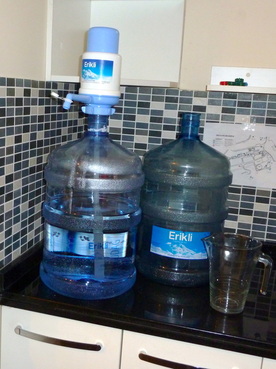 One of my duties as a Turkish housewife is the procurement of drinking water, su in Turkish. The tap water isn't actually toxic, but everyone who can possibly afford it, buys bottled water. It comes in smaller bottles of course, but the household method is to get it in 19 liter jugs. The way they feel and look is about like 5 gallons, think 5 gallon pail. There is a small hand pump that you attach after you get these delivered and into the house. When it gets close to running out the water people have to be called. I realized I was beginning to make the transition to living here when I no longer dreaded making that call in my very limited Turkish!
I can now show someone else, in this case Jesse (Yeah!) who just arrived, around. I know the transport system, bus, metro, tram, ferry, taxi, feet; the latter my personal favorite. I know where to buy most of the day-to-day essentials. I dropped off some dry cleaning and as I studied the receipt for a date of pick up the clerk said in perfect English, "tomorrow evening"!
People don't speak English everywhere, most don't around this area of Istanbul, but do much more so in the tourist areas.
We are making friends, we have been spontaneously invited into a Turkish home and given welcome water, su, again, and grapes and peppers from their garden. So much for the ugly American in a Muslim country!
My growing ability to cope with this new life of less responsibility and no driving daily purpose pours over into the minutes and hours of my day and I find that I don't have to be busy every minute; it is okay to just read a book or knit or look at the view. I am someone without my work, I can make friends with people of a different culture, I can get around, gather supplies, fill the unfamiliar spaces of this new life, like water.
There is an expression in Turkish "su gibi haytin olson", may your life be like water.
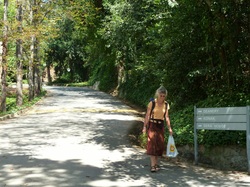 The most omnipresent aspect of leaving our house is the hill: up to the academic buildings, down to the lower gate and the Bosphorus. Though Istanbul is known as City on the Seven Hills, Yedi tepeli şehir, that refers to just the old city across the inlet known as the Golden Horn for color of the reflection of the afternoon light. But for us, the salient fact is that from the lower gate to the upper gate of the campus, a walking distance of about half a mile, the elevation goes from 13 feet to 472 feet above sea level! For us to arrive home from the lower gate requires several runs of steps for a total of 87 stair steps connected by steady climbs along steep sidewalks. The only significant flat area on the entire campus is devoted to the full-size real grass soccer field, The Plateau.
Wandering up and down you stumble upon remnants of earlier structures in the 150 year history of the school.
There is a service bus which makes two trips each morning to shuttle people up the hill: nice buses, air conditioned with sun roofs. Though of course trying to keep up with Sue we never take advantage of the shuttle: get your exercise where you can!
We did make a Sunday afternoon trip to Ikea with other new and old staff last week. The staff mostly filled two of the 16-seat buses and then upon departure another bus appeared which we filled, stacked to the ceiling, with purchases: mops, brooms, groceries (I bought fish that day in a huge grocery by pointing at the whole fish I wanted among the hundred arrayed on ice and yarim (half) kilo of shrimp and then, after much gesticulating, I finally understood I was to take a ticket and the fish, which a nice young man had placed in a small plastic basket, would be filleted and the shrimp beheaded and deveined in a moment. Great service.), mattress covers, outdoor chairs, etc.. The small buses are used instead of big yellow school buses because the convoluted topography dictates winding switchbacks: you can’t find a rectangular grid within ten miles. To travel from one side of the city to the other takes an hour or two. The buses, as we experienced, navigate the roads like Night Buses in Harry Potter: they seem to shrink by six inches when necessary to make a turn or avoid taking off the fender of the sedan slinking past. At twenty miles an hour.
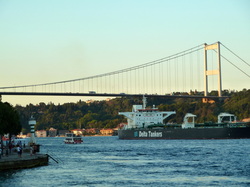 Last Thursday, Victory Day (Zafer Bayramı, when the Turks led by Mustafa Kemal Ataturk turned back the Greeks, like our 4th of July), Sue and I took the next step in public transportation and struck out to take a ferry across to the Asian side. The first bridge across the Bosphorus was built in 1973 and the second and last, Fatih Sultan Mehmet Bridge, in 1988; each spans more than 1,500 meters, but ferries are ubiquitous and numerous. I have two teachers in my department who live on the Asian side and they refer to the traffic across the bridges as bad, worse, or impossible.
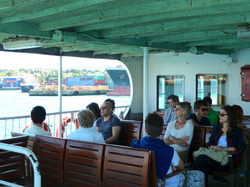 We walked three miles, rambling beneath the deck of the 1st bridge, to Beşiktaş and, using our transportation card, holding it over the hot spot on the turnstile, spent $1.50 each for the 30 minute ride down the Bosphorus, around the corner into the Sea of Marmara and disembarked in Kadiköy, a 7,000 year old port, another of the many villages that have been subsumed by the city of Istanbul over the centuries. On the ferry one buys Turkish tea, served in voluptuous curved glasses with saucer for $0.35 and a smiling young man buses your empties: civilized.
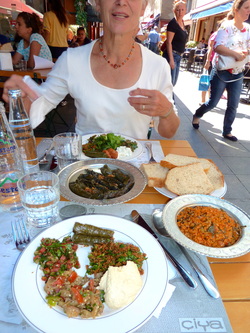 After a glorious lunch and afternoon shopping in the warren of shops–antiques, housewares, electronics, you name it–and buying a cd from street musicians, we made it home, another couple of miles walk and though Sue finally acquiesced to a cab ride, we still had the final trudge up the hill.
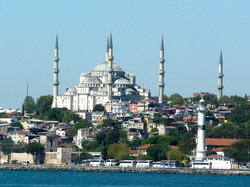 Eating supper after dark we were serenaded by the music from the Alumni Club, Bizim Tepe (our peak), just outside the wall of the school. The alumni of this school are leaders of the commercial world, doctors, engineers and leaders of government. With prosperous and active members, the Club, as the crow flies, just a couple of hundred of yards from our bedroom windows, serenades us: I often have to use ear plugs to fall asleep. The music ranges from excellent jazz trumpet with bongos and vibes, to Turkish pop, with interludes of Sinatra: an eclectic mix. This night as we ate, Leonard Cohen, wafted through the trees. When the evening call to prayer began the mix was heady: when one source paused the other cut through elegantly, Cohen sounding haunting, acerbic and sorrowful, then the call came through, serious in it’s own right, demanding and evocative. Interlaced you have Istanbul, multi-layered and complex.
|








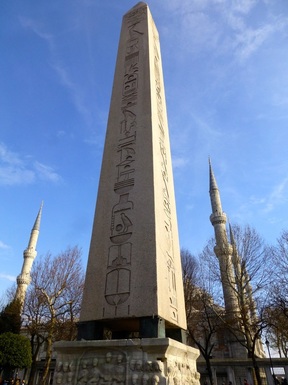
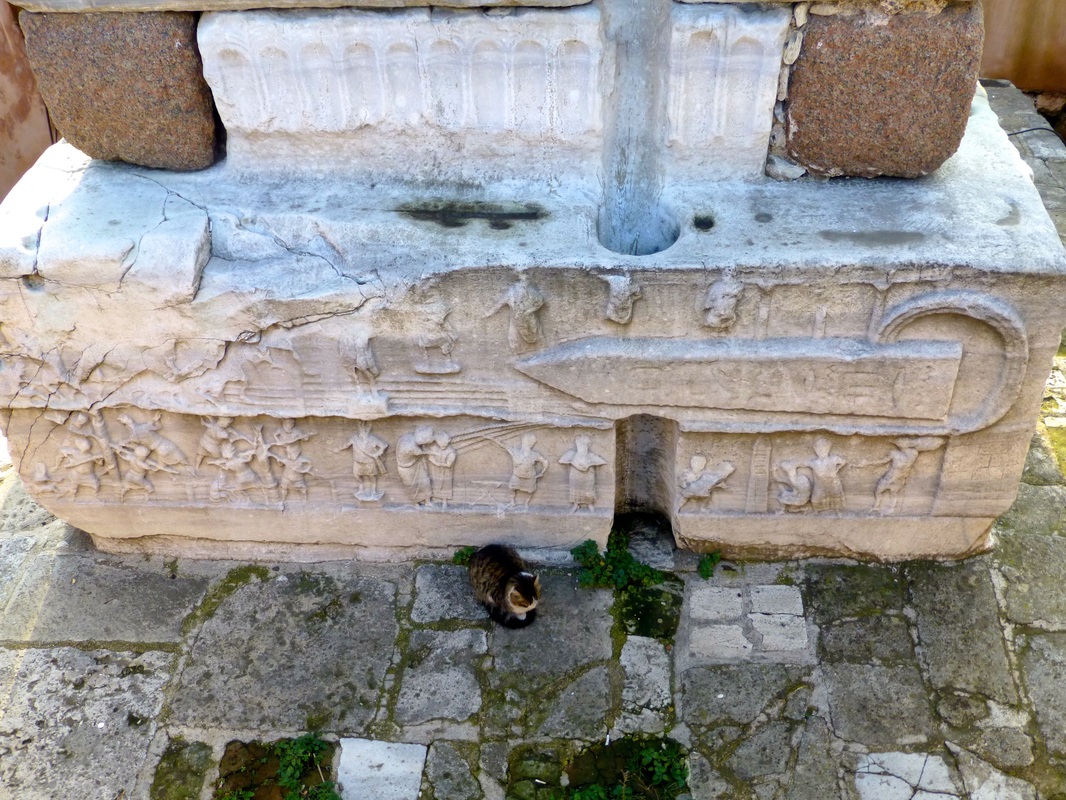

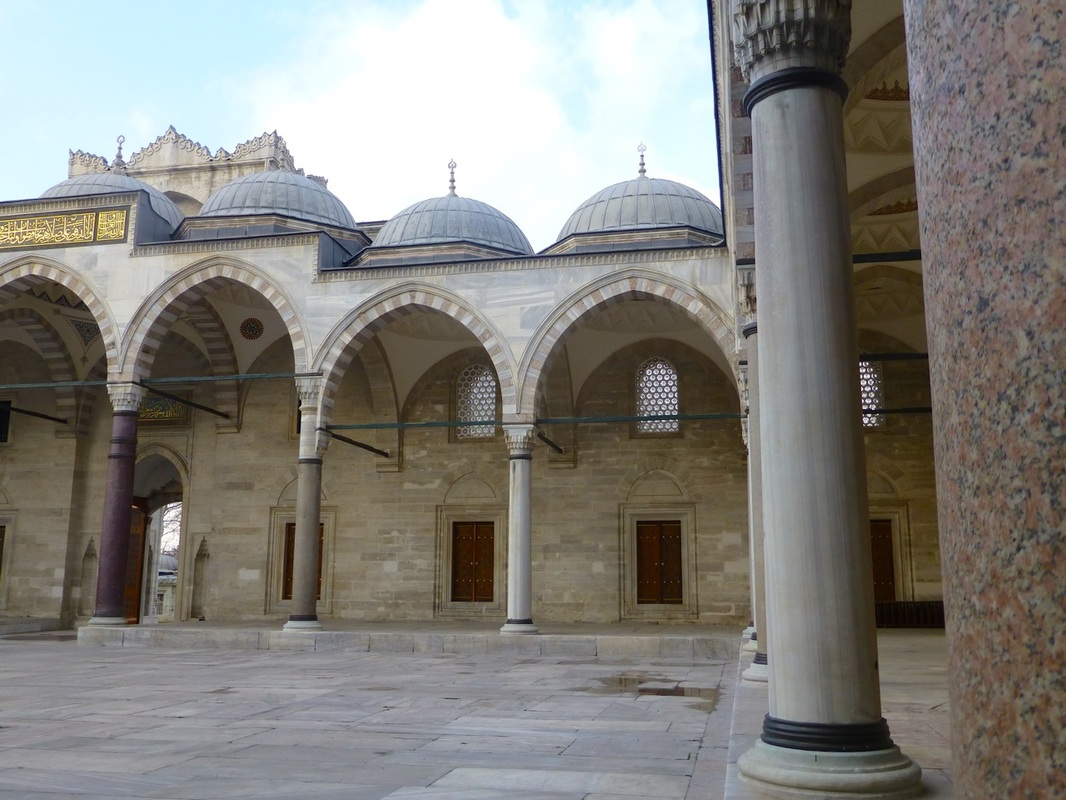
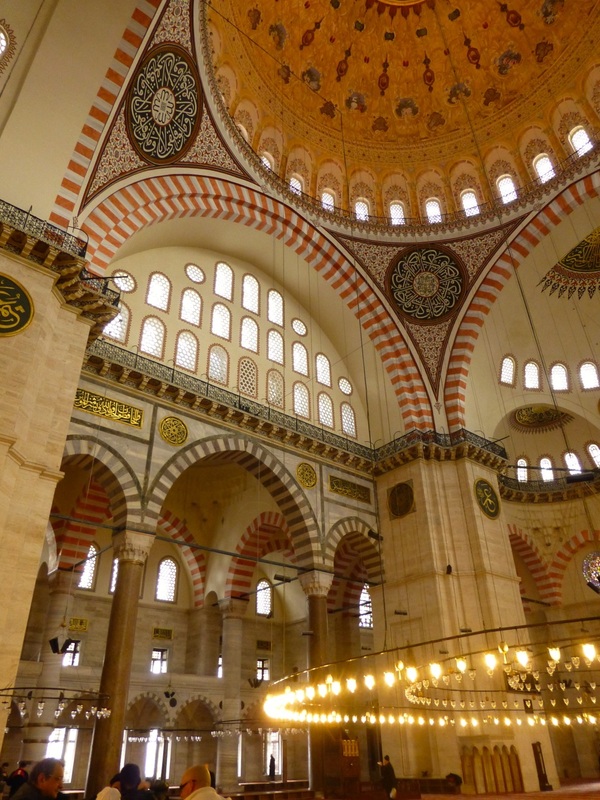
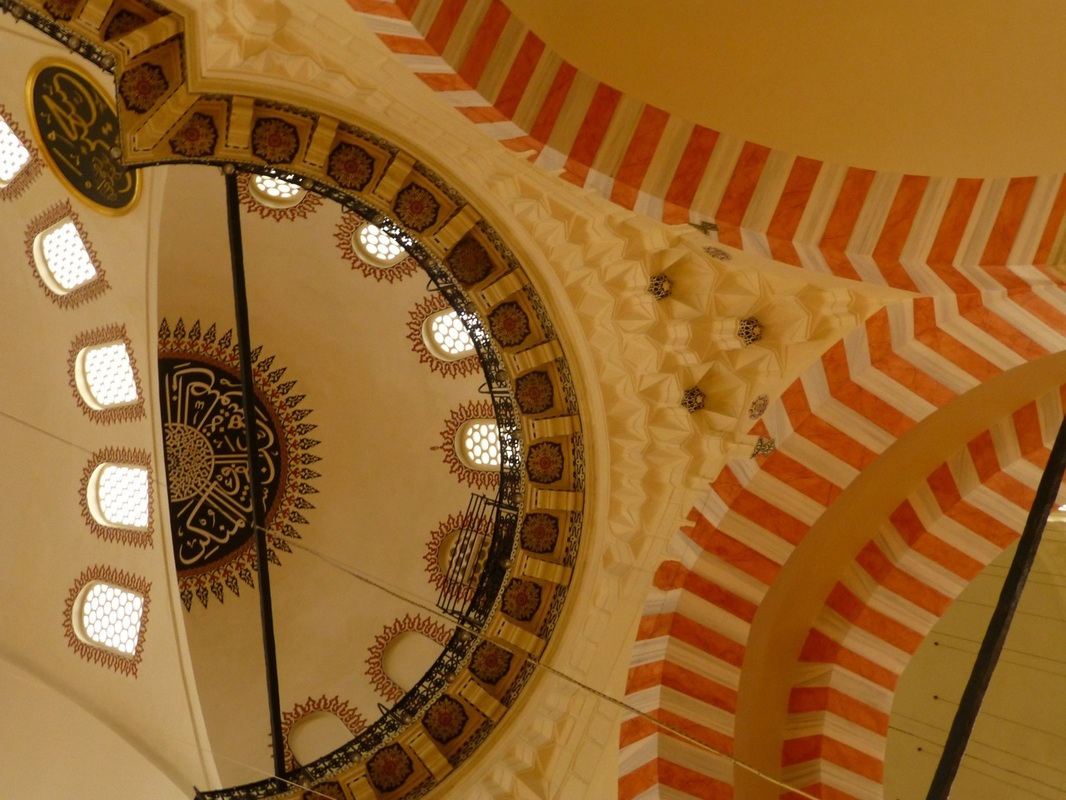

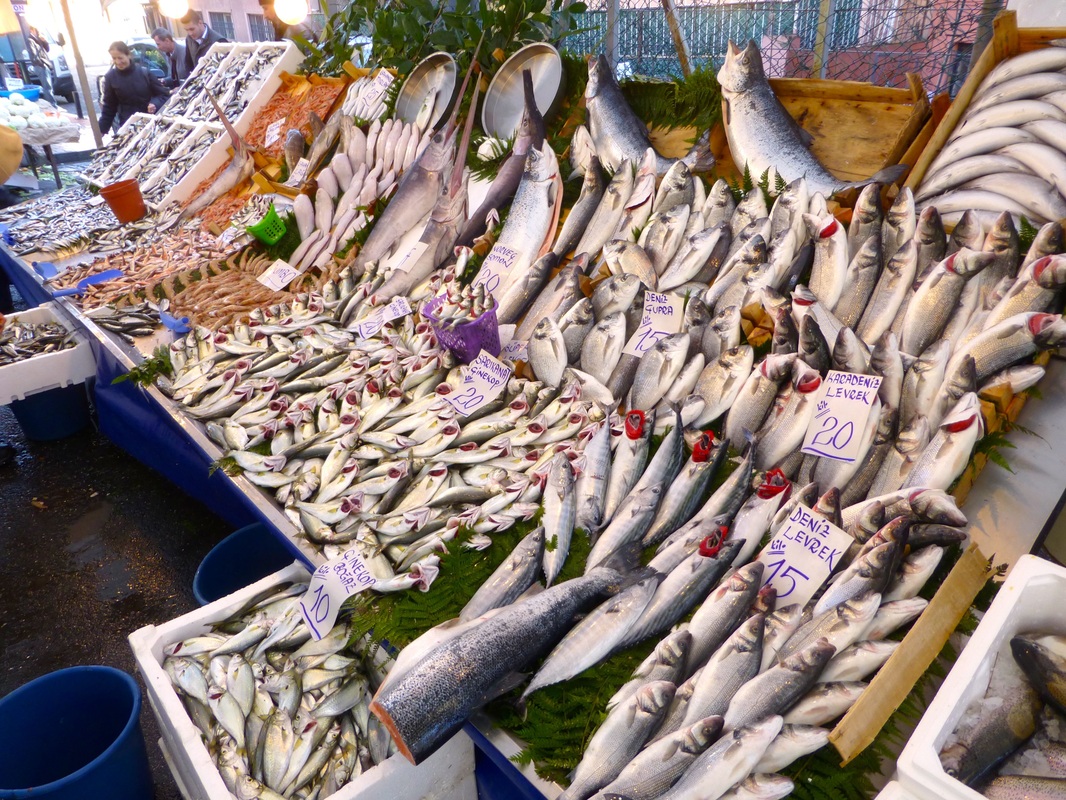
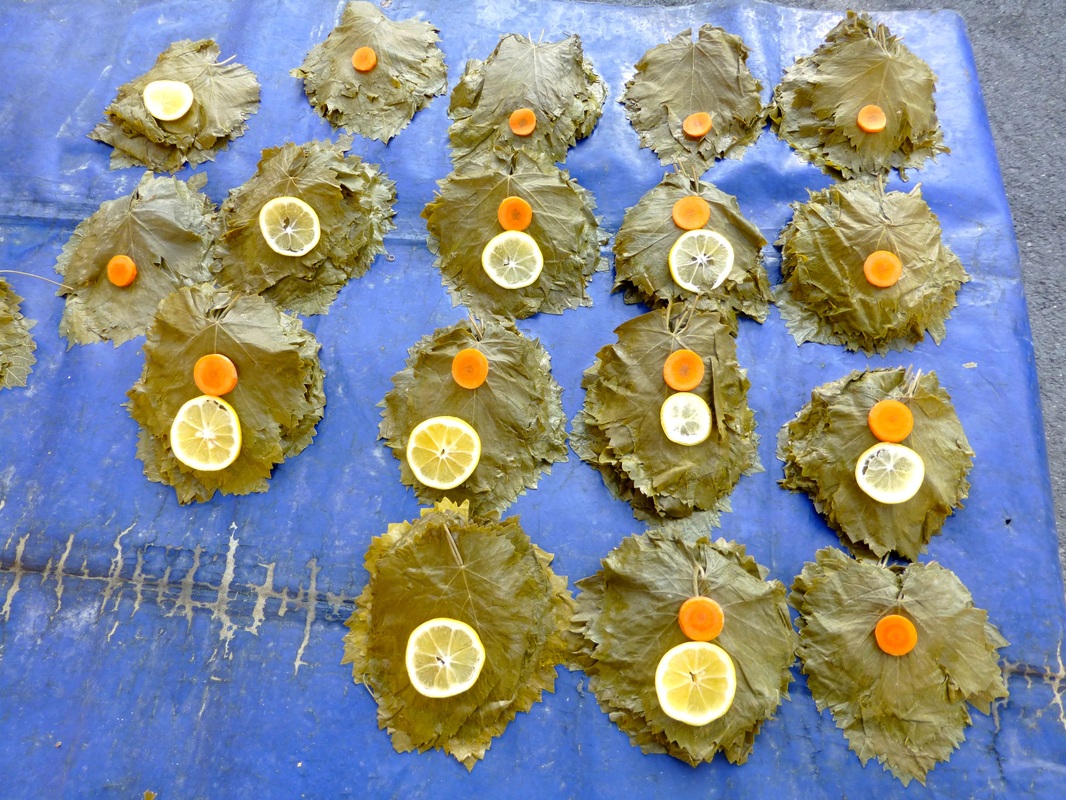



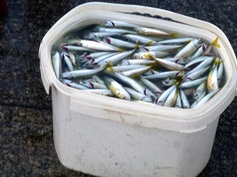




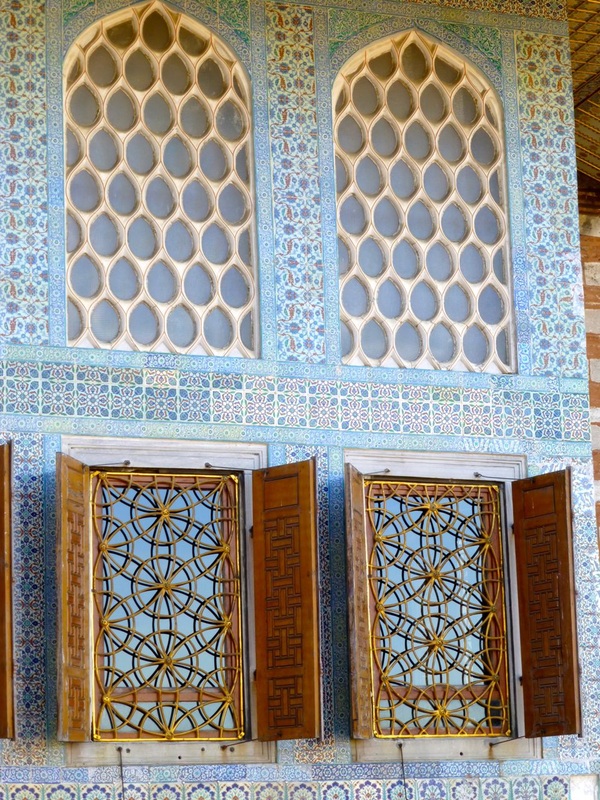

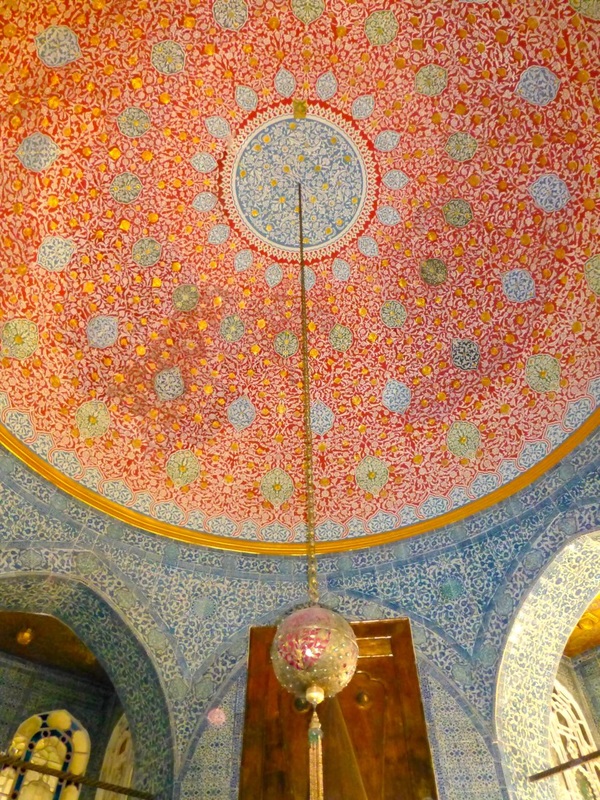
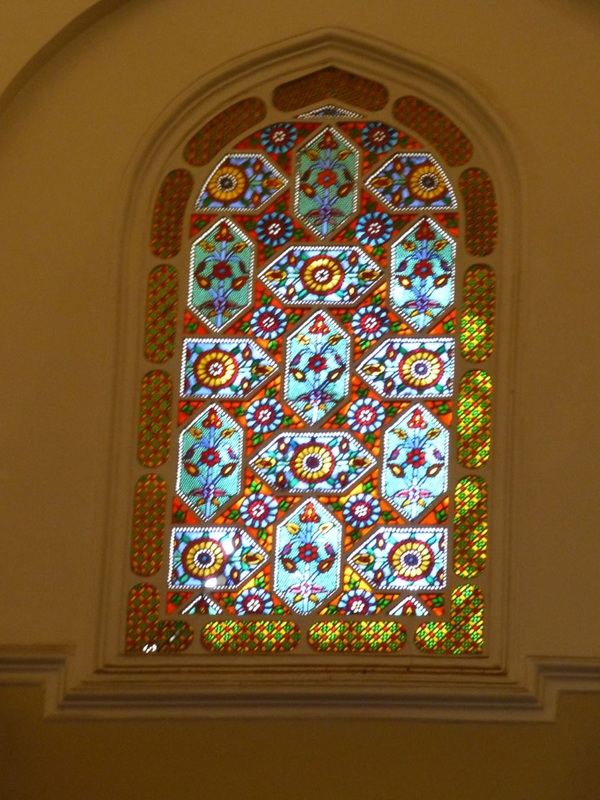

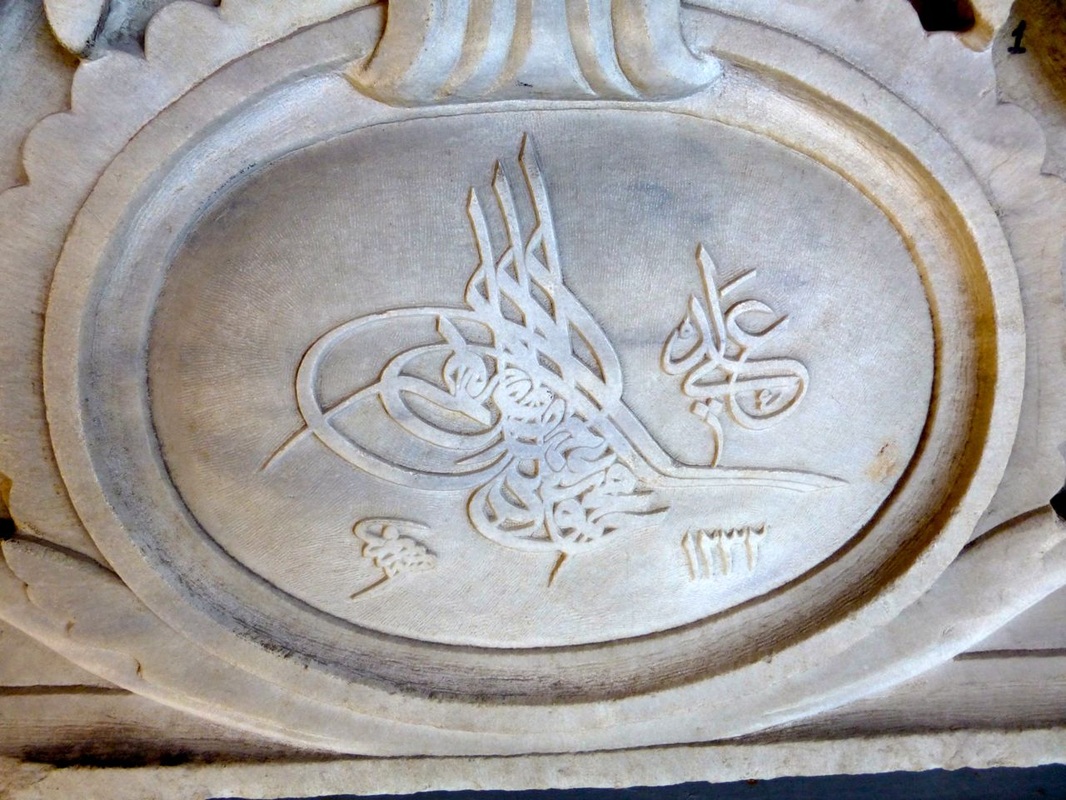

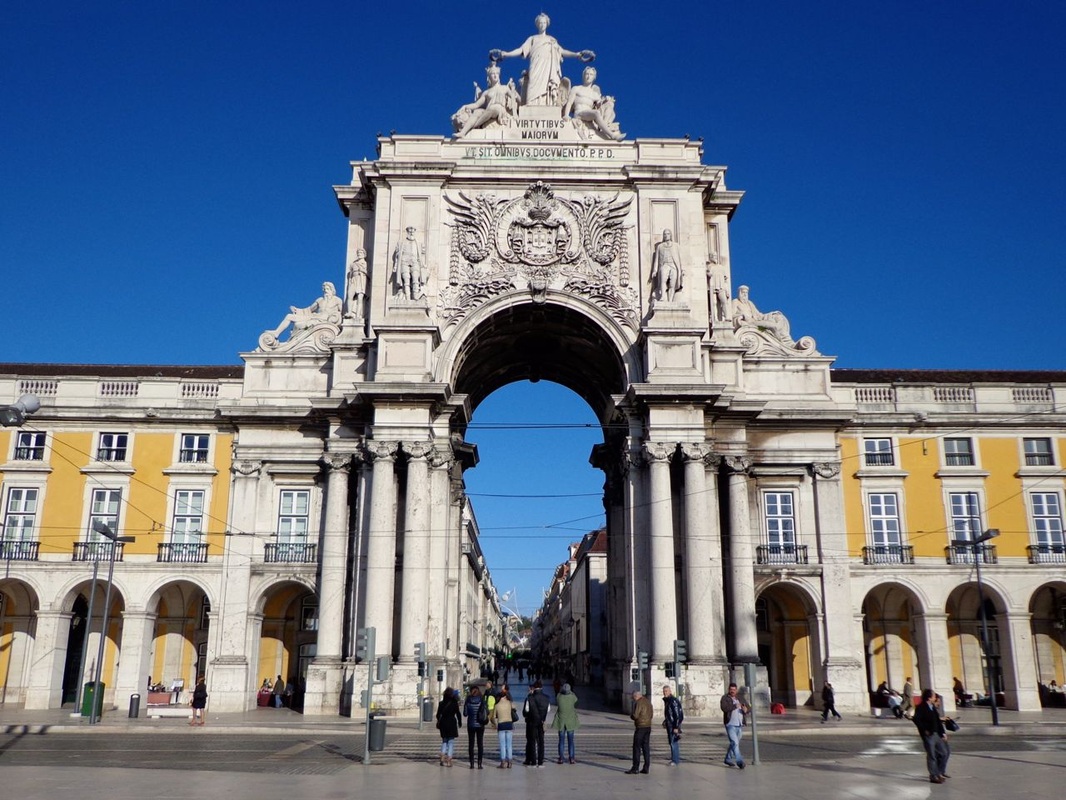
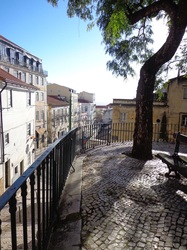
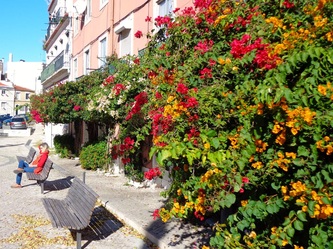
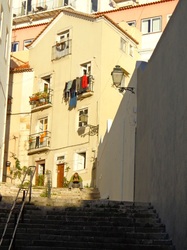
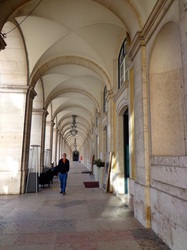



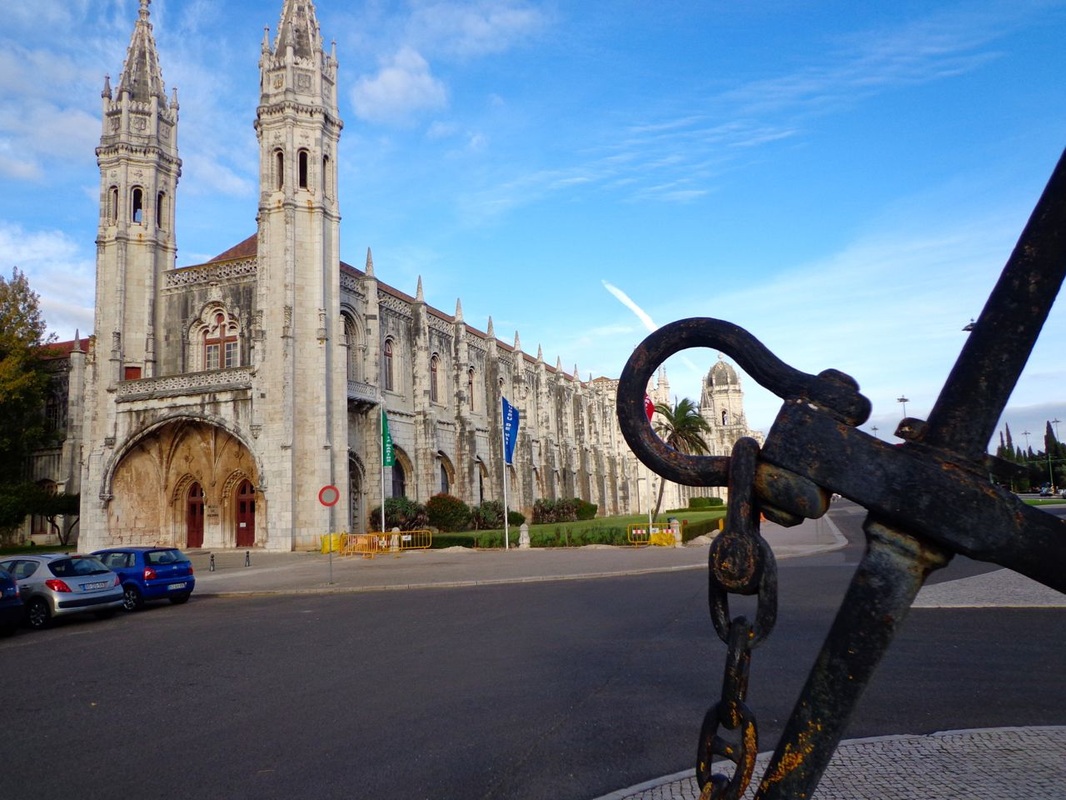

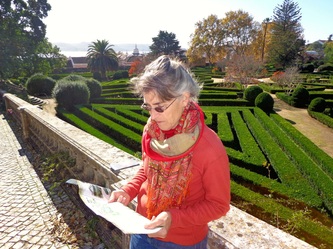
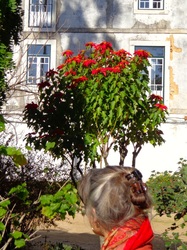
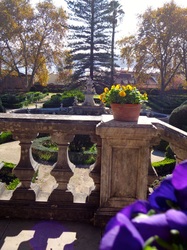
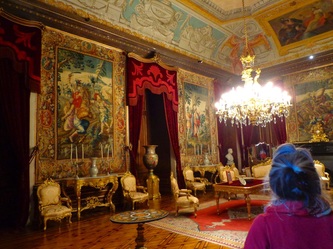
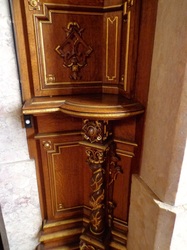
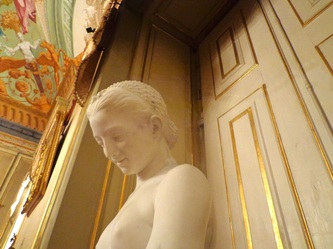
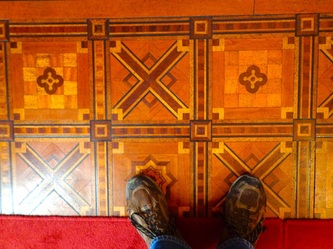
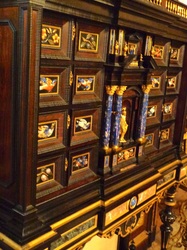

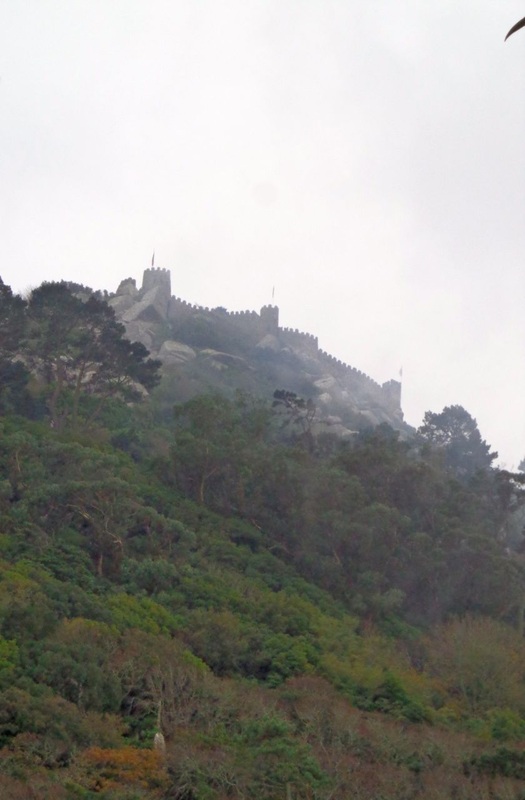
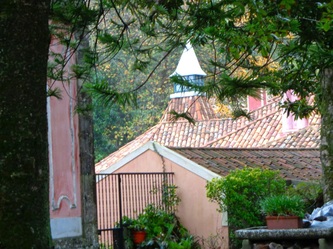
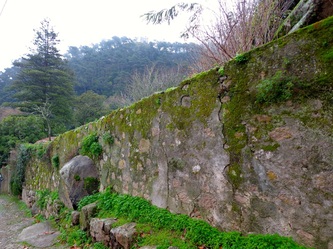
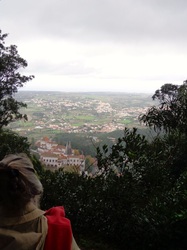
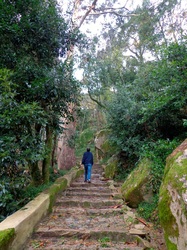
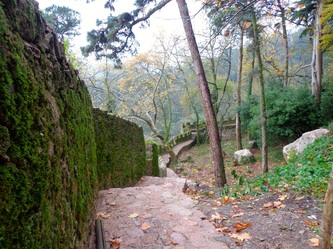
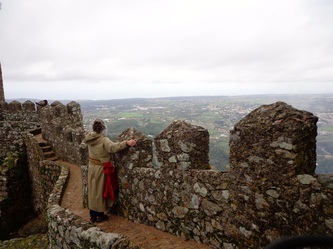



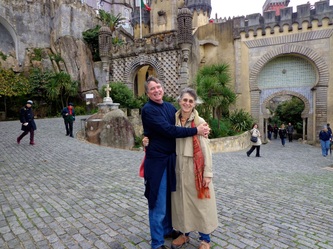
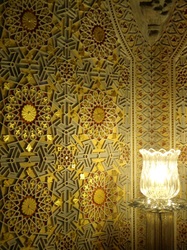
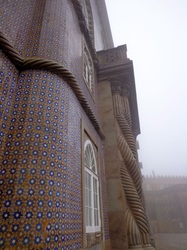
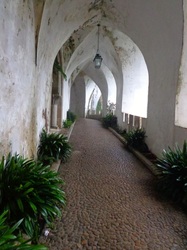
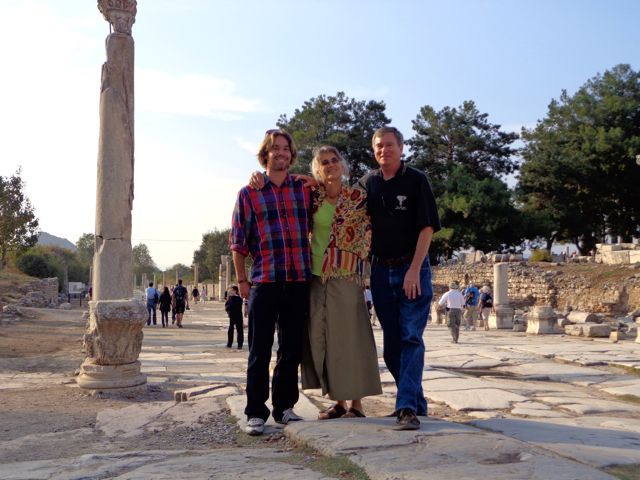




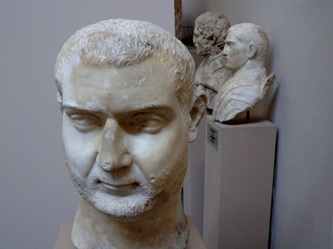
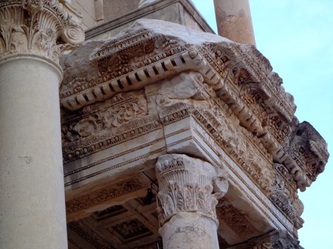
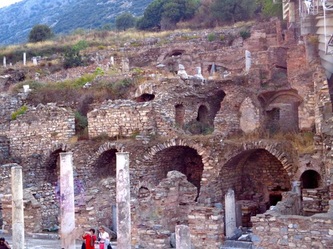
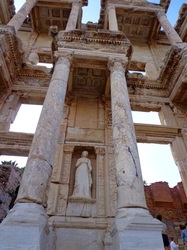
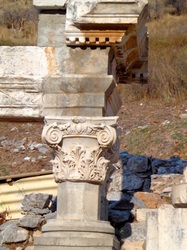

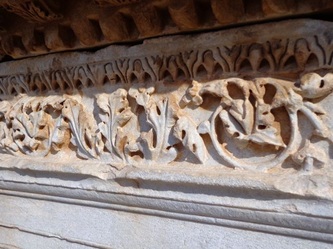
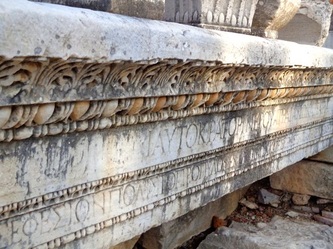
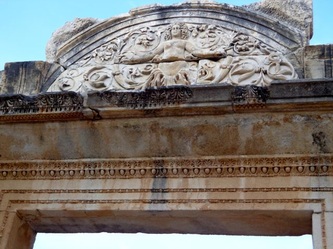




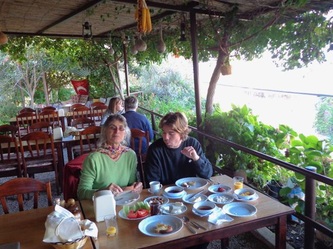
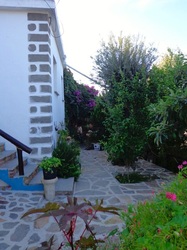
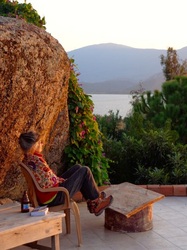

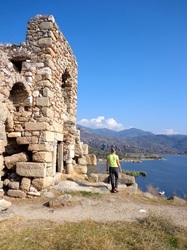
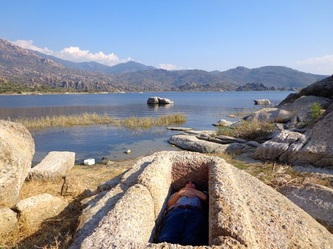
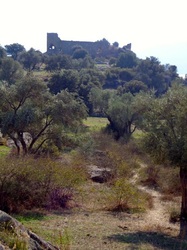

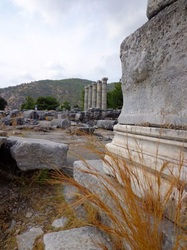
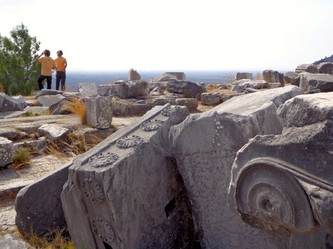
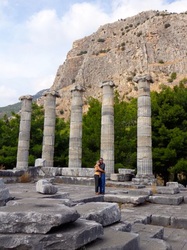
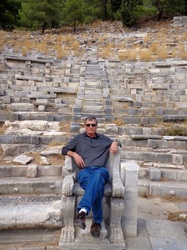
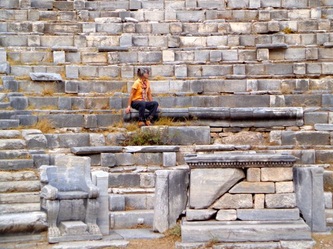

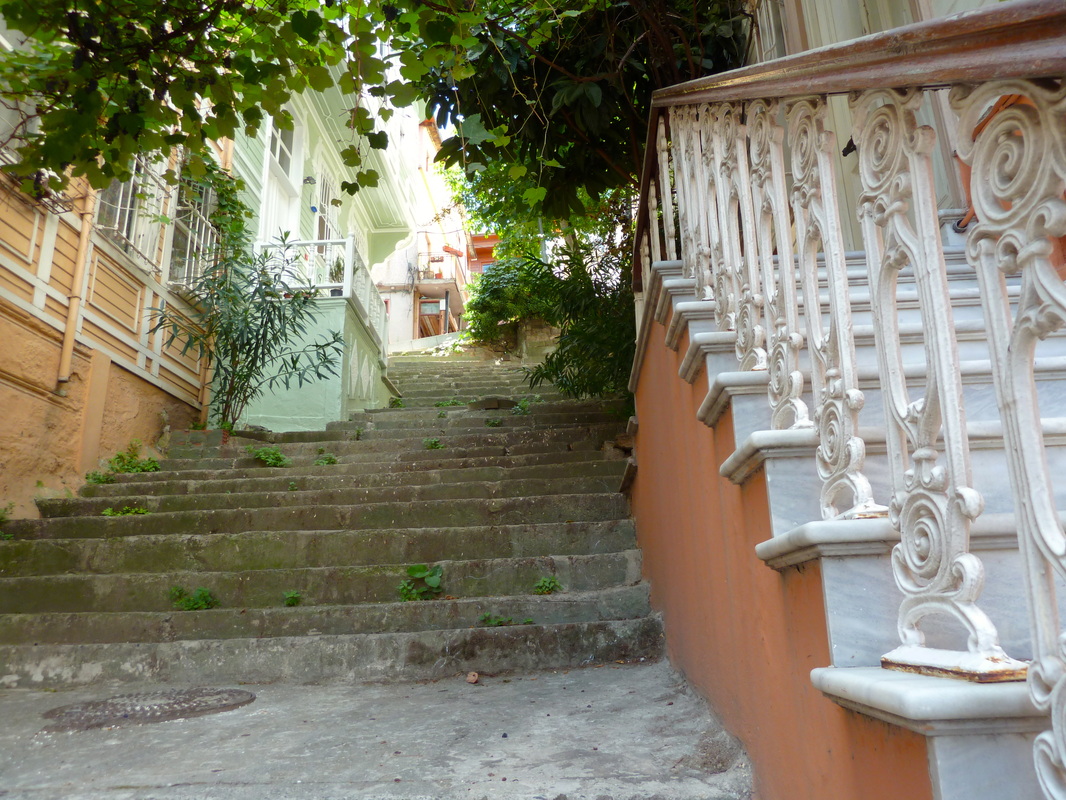


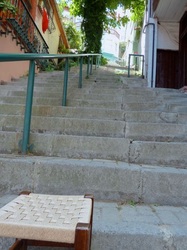

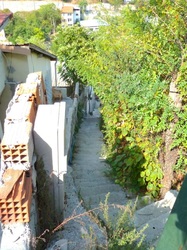
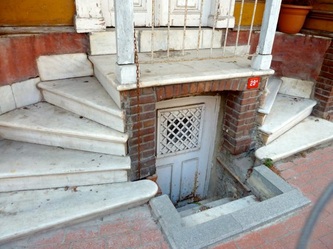

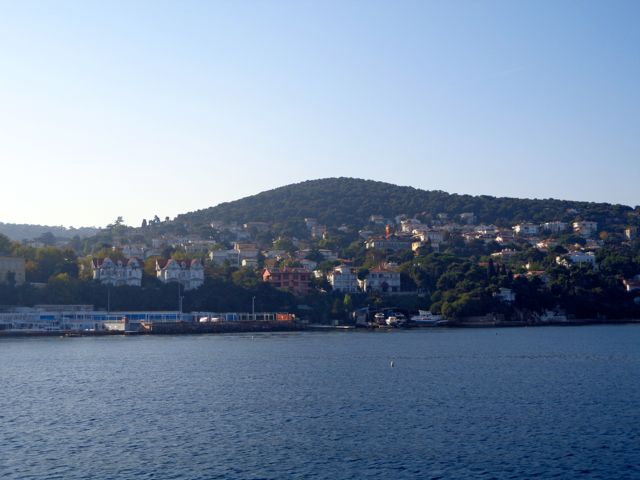

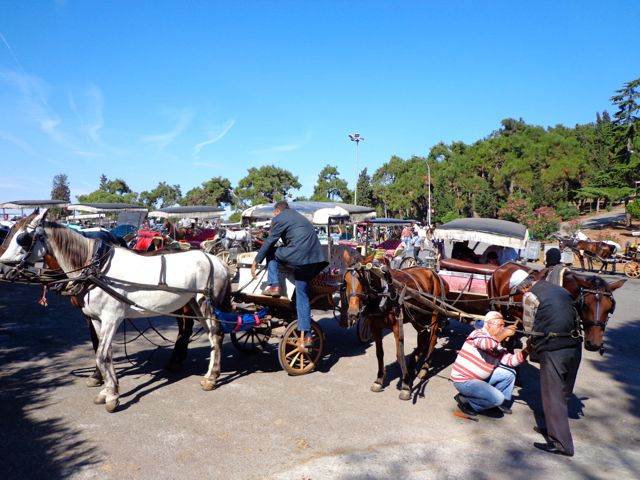
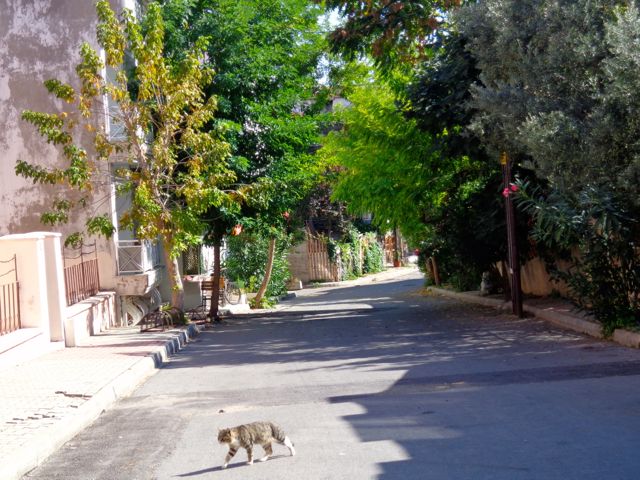
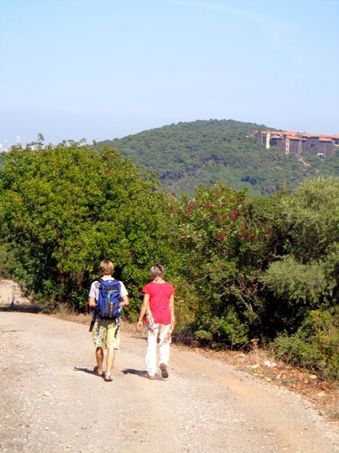
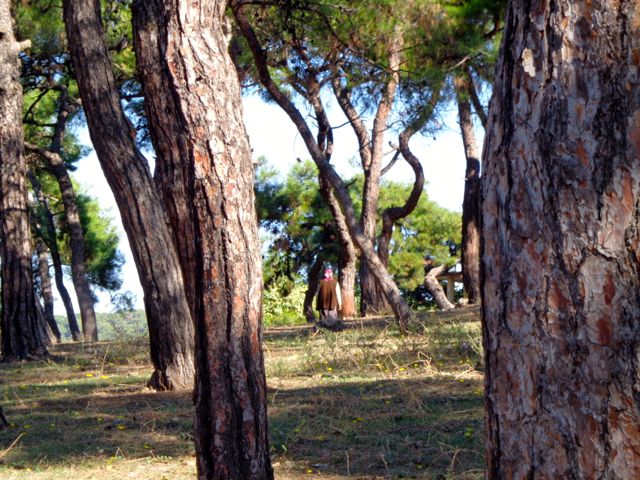



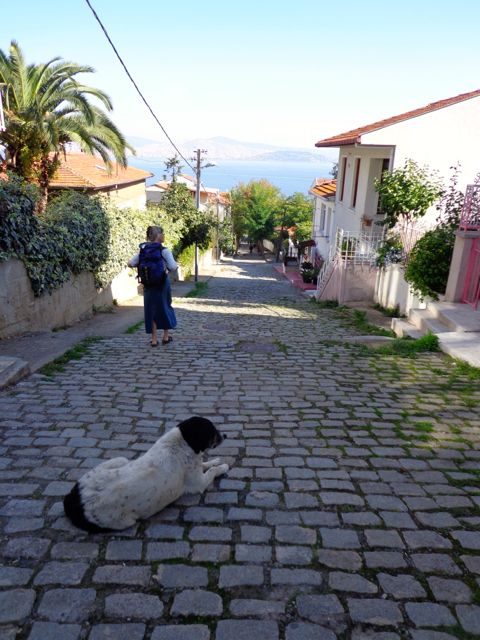
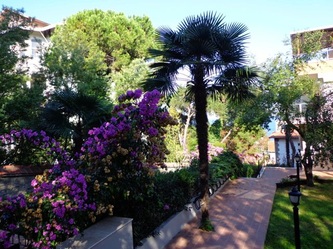
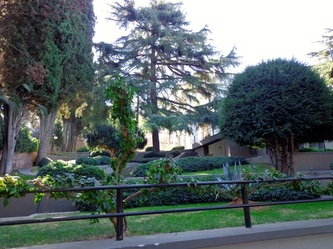
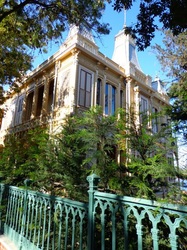
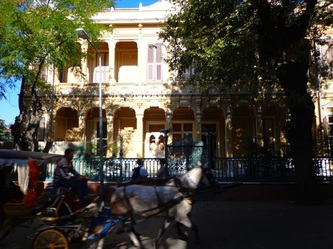
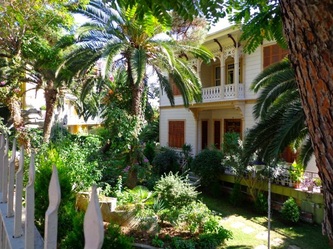
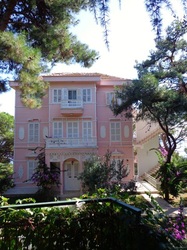
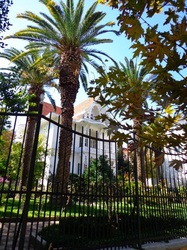
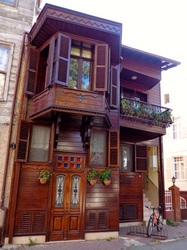
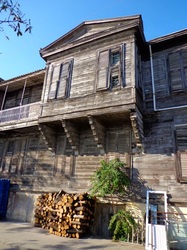

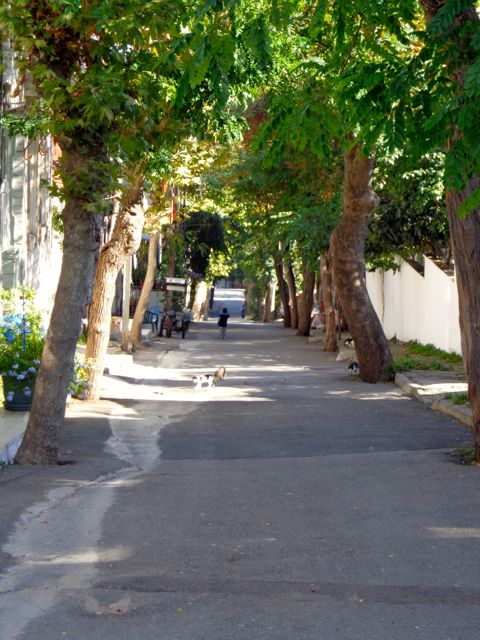
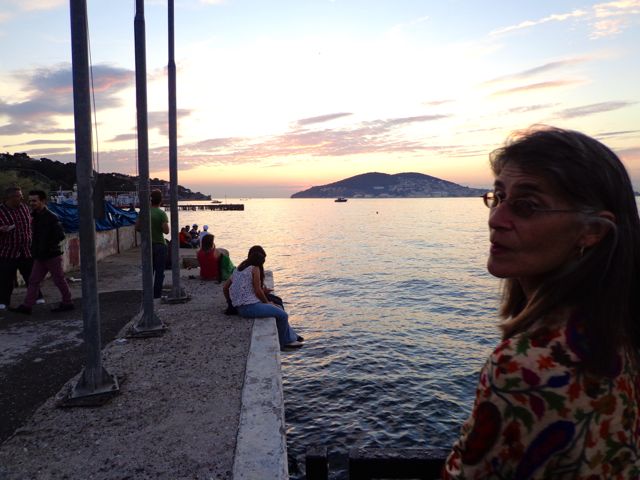

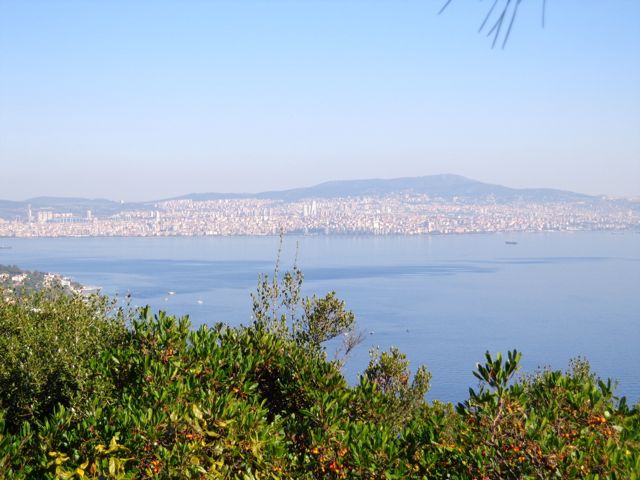


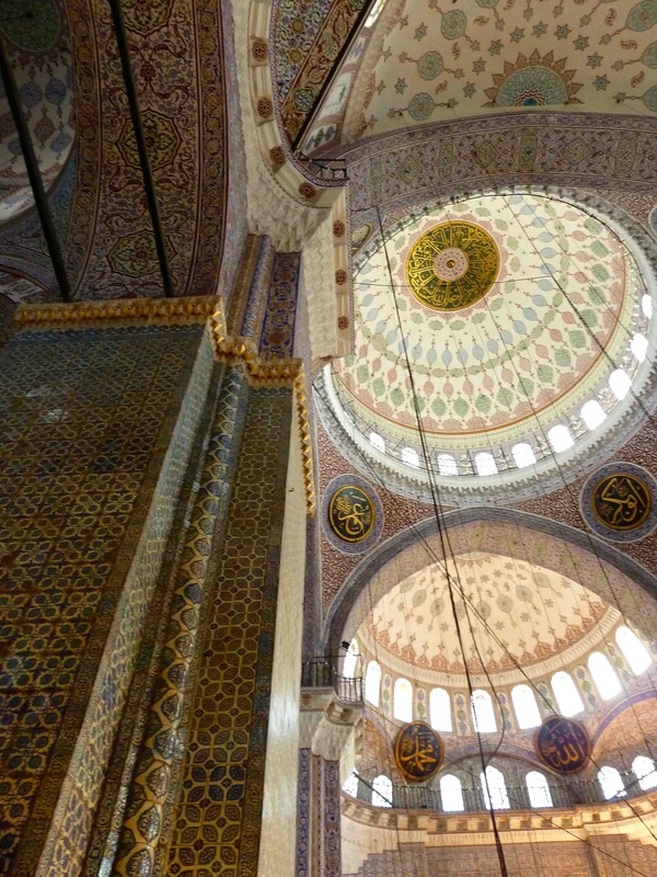
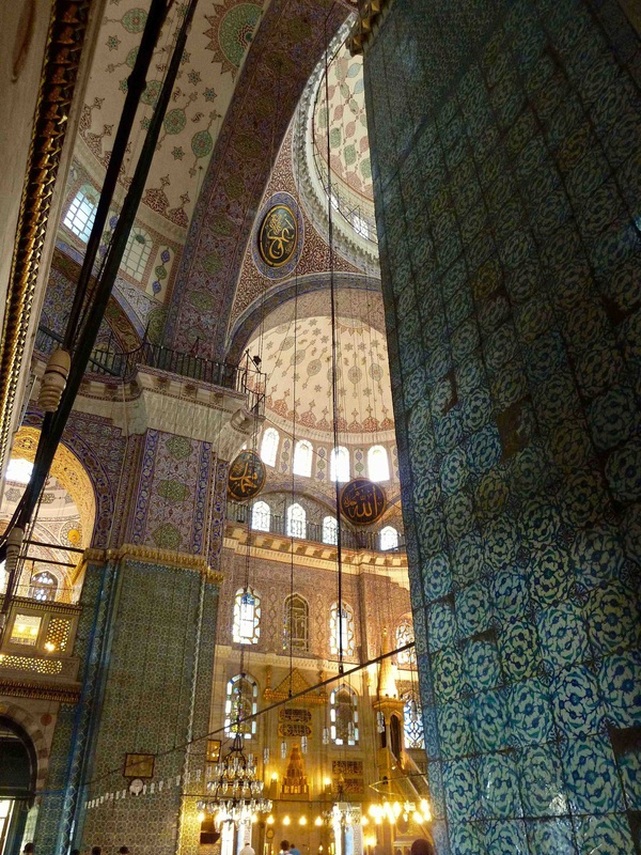
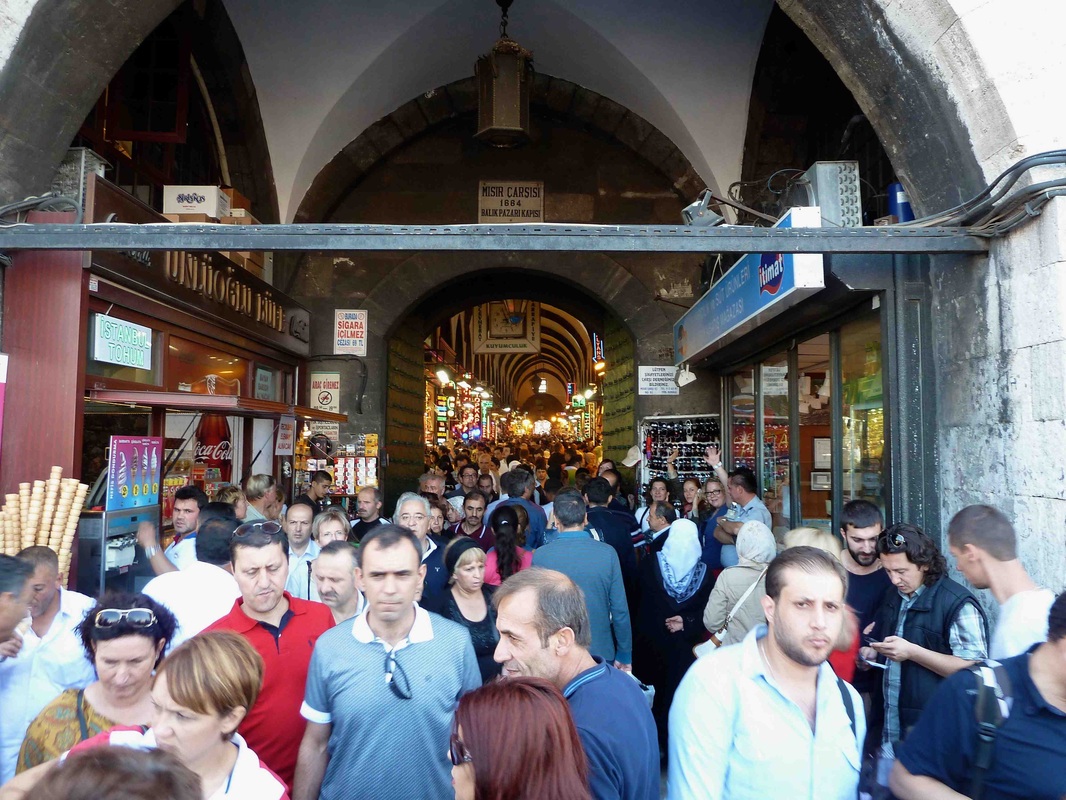
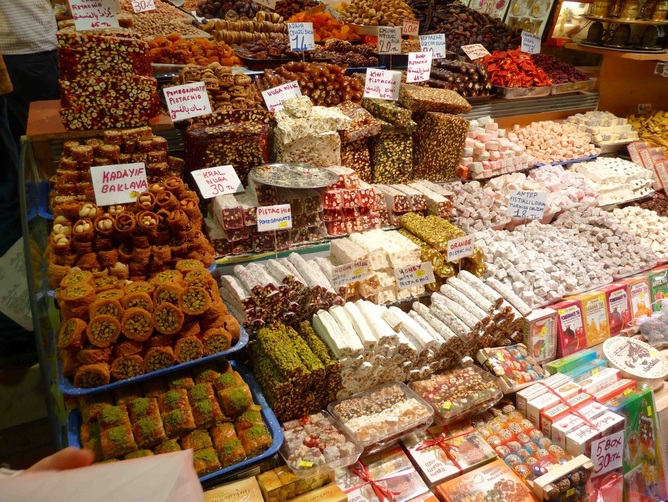
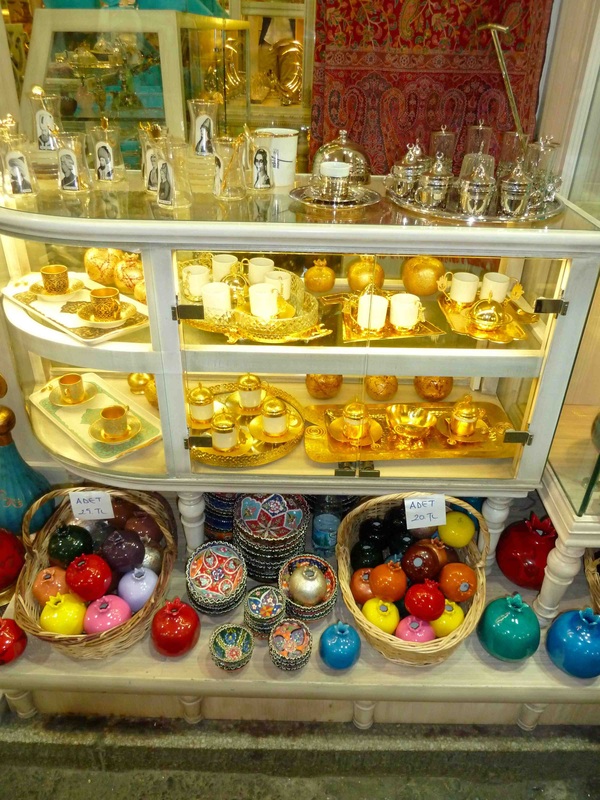


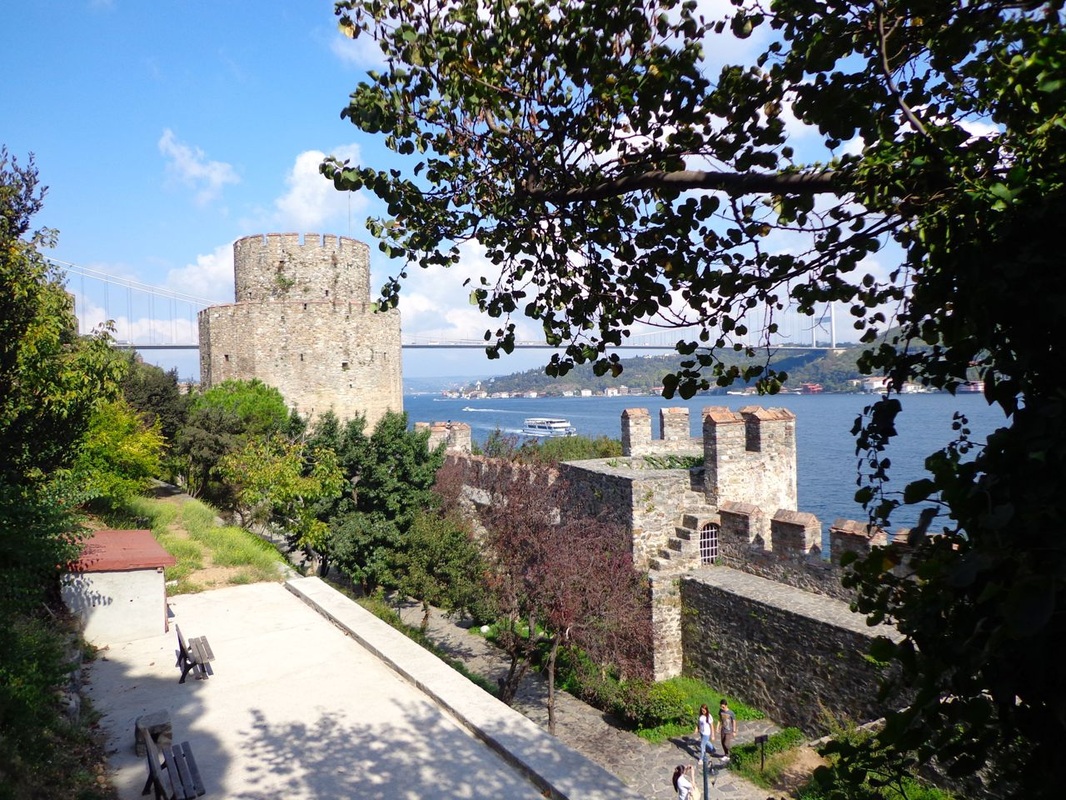
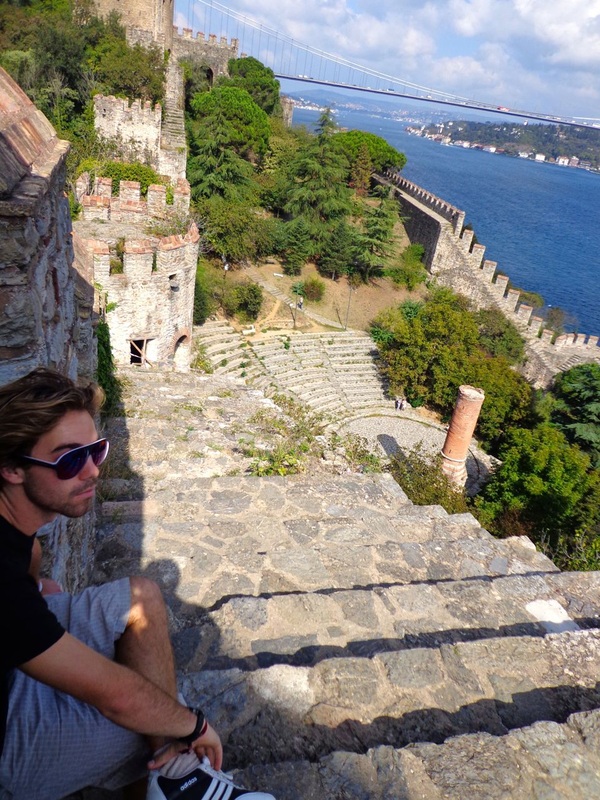
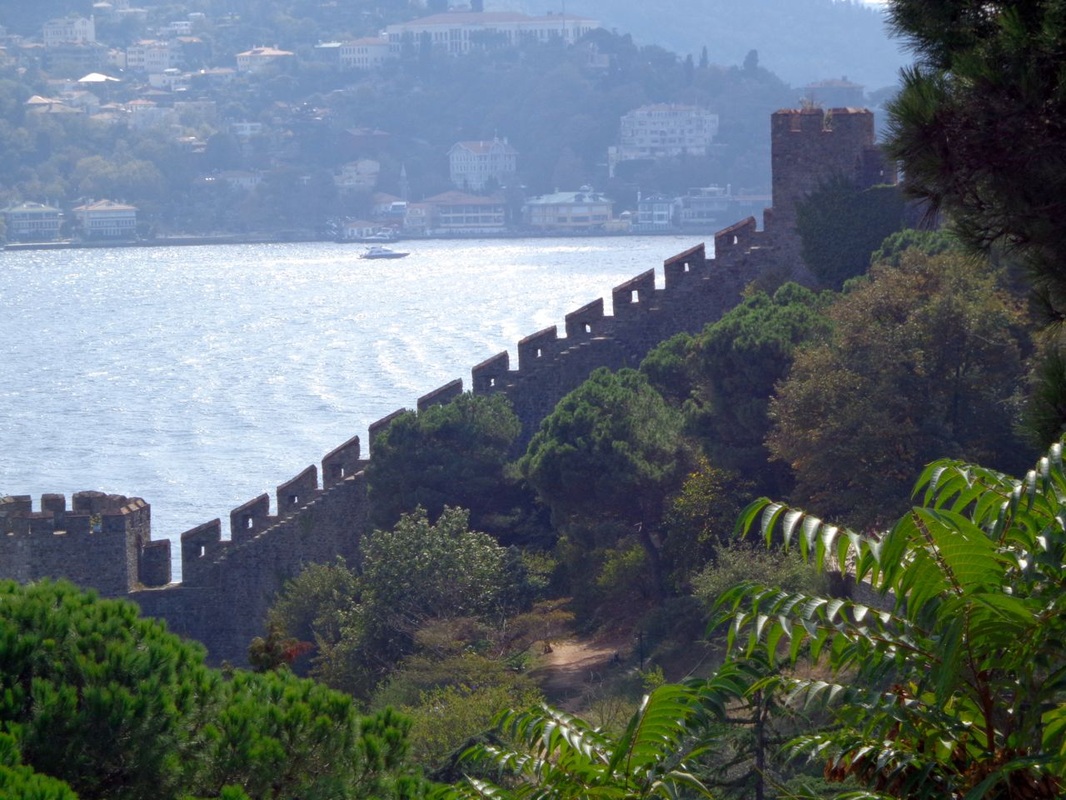

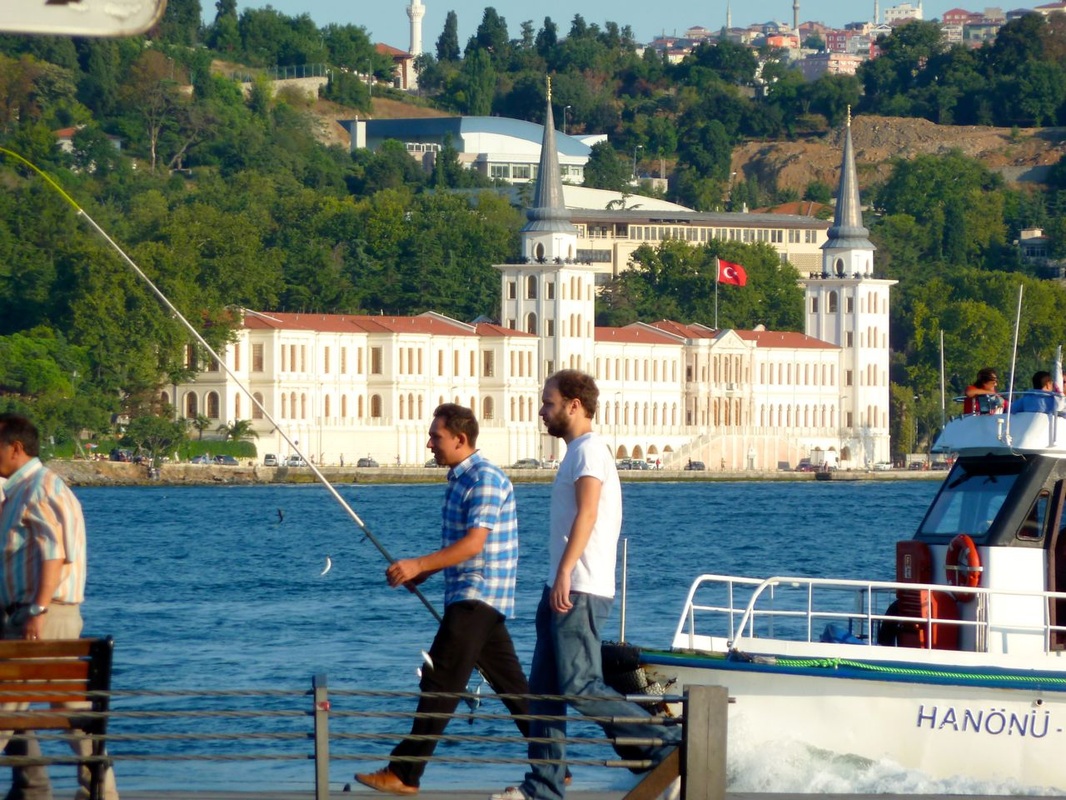


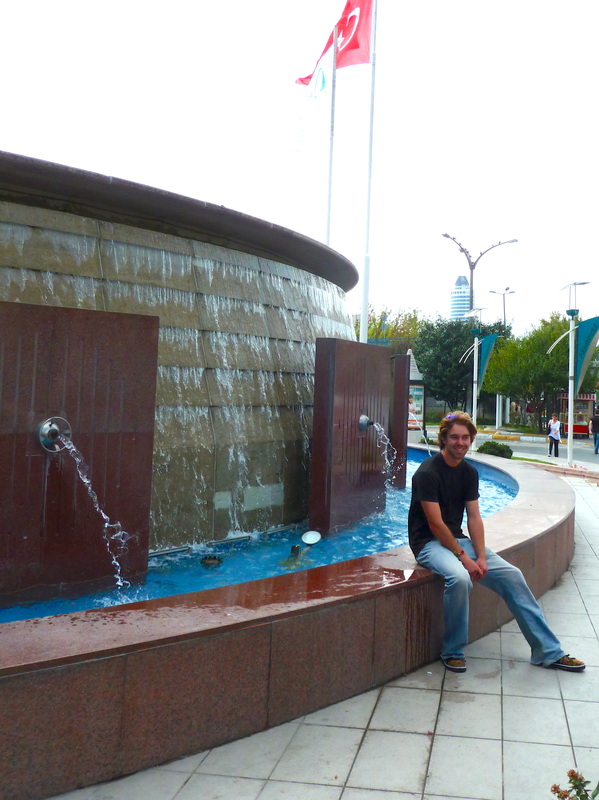
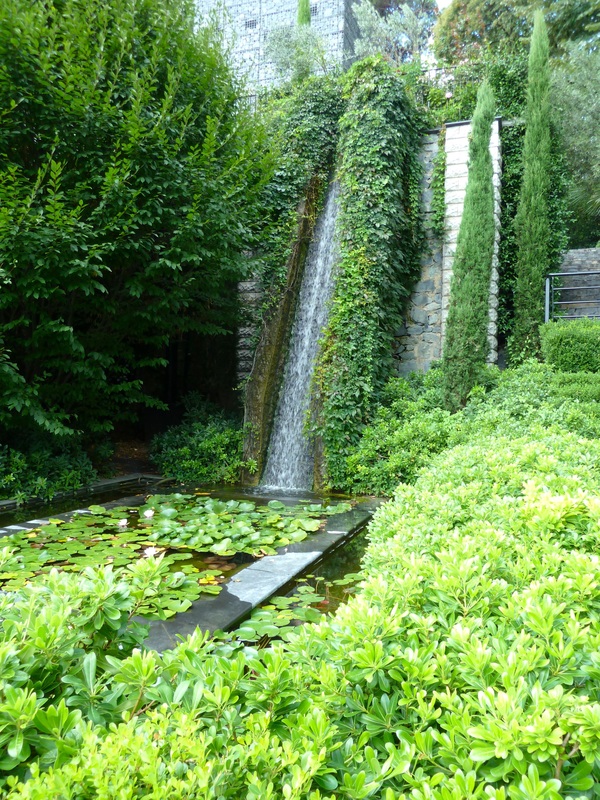

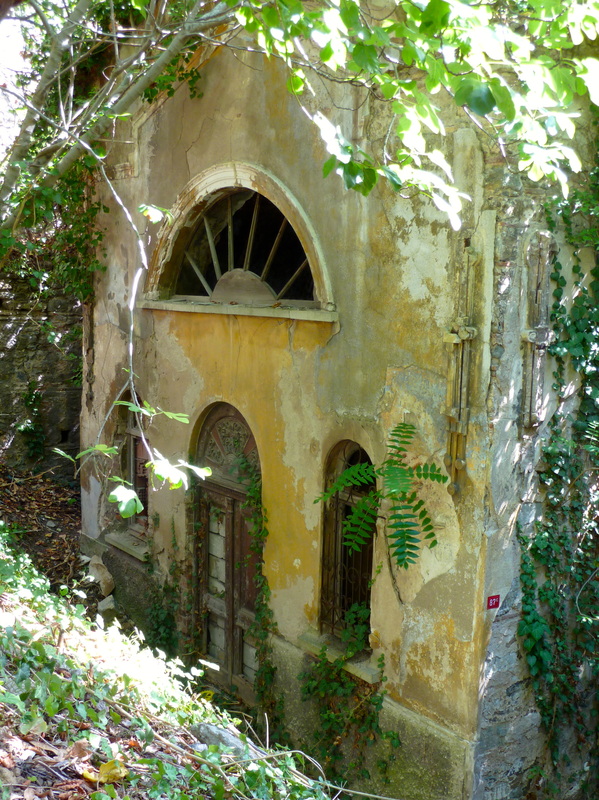


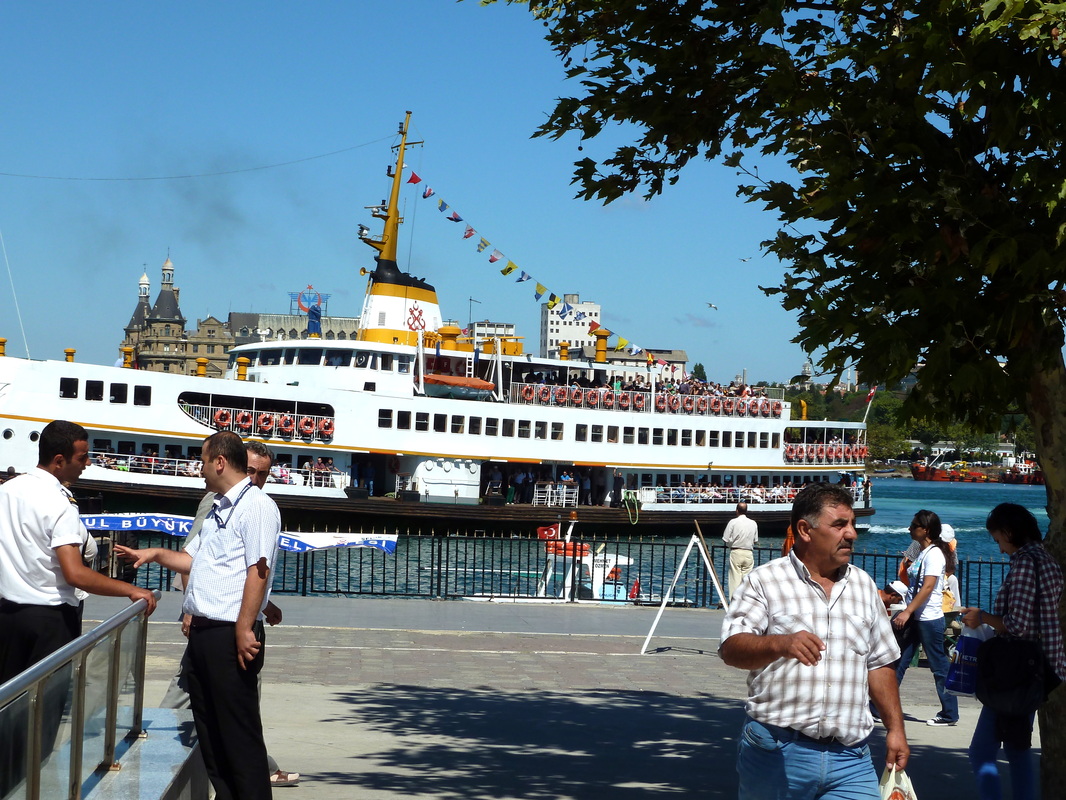

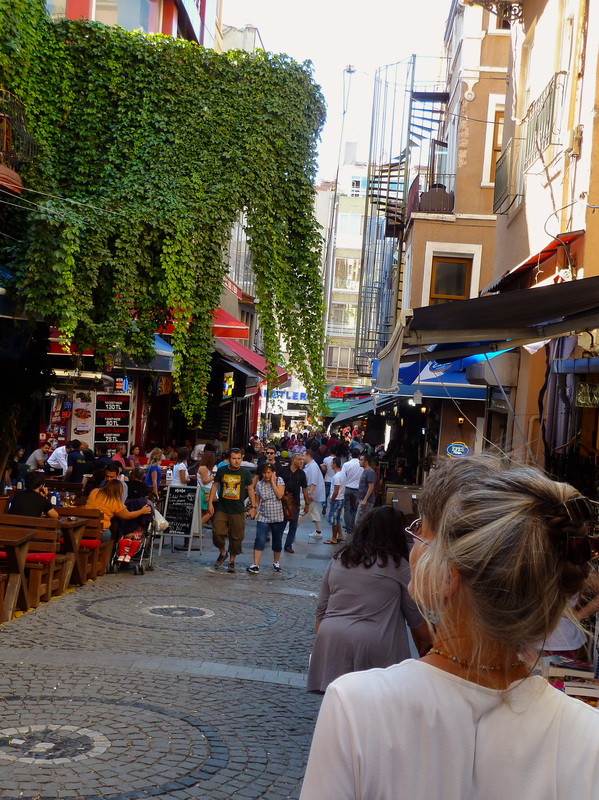

 RSS Feed
RSS Feed